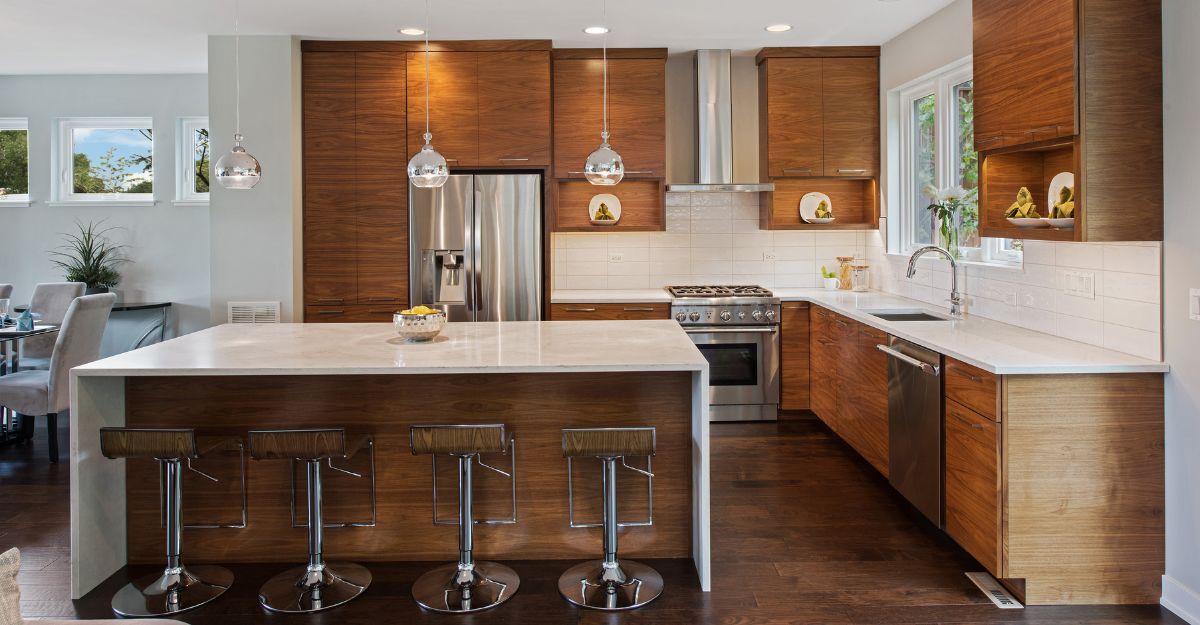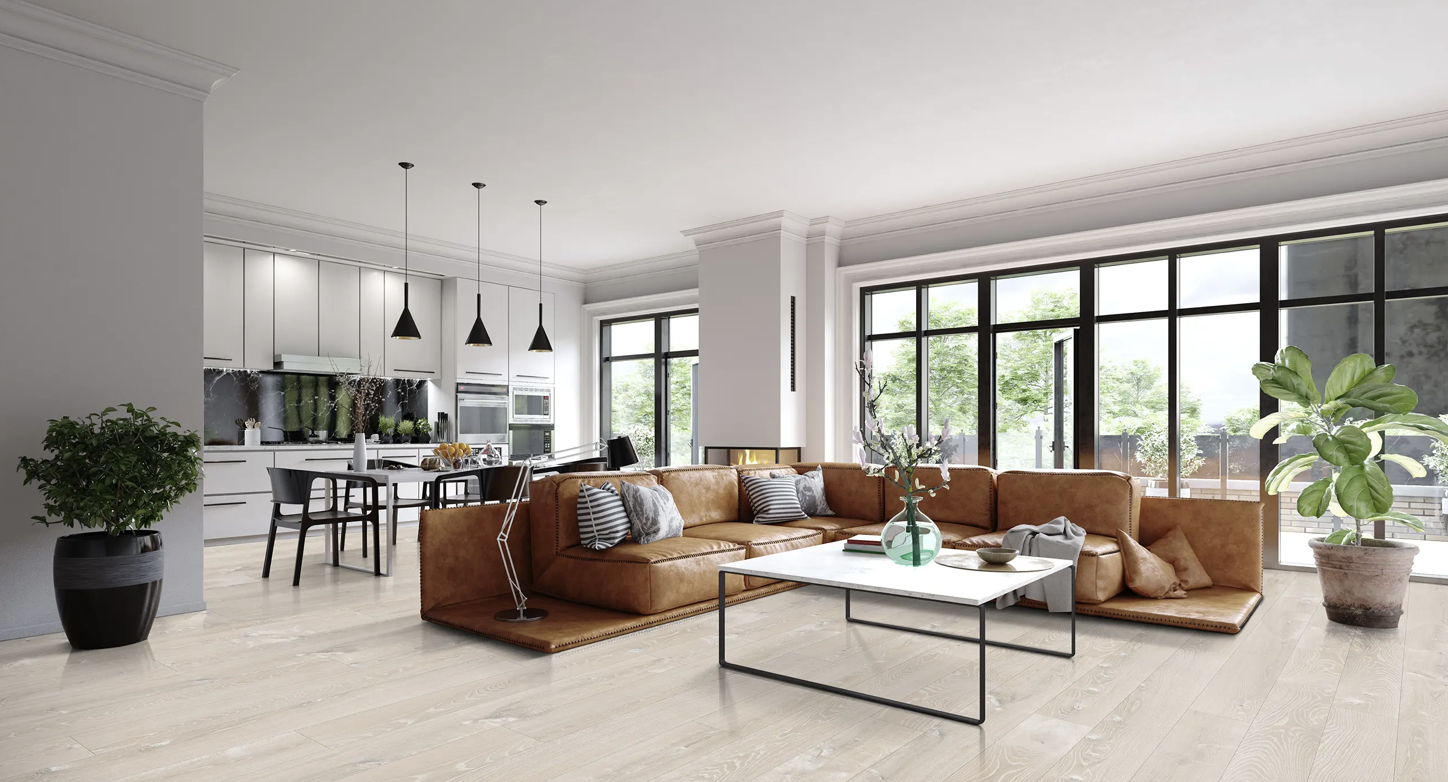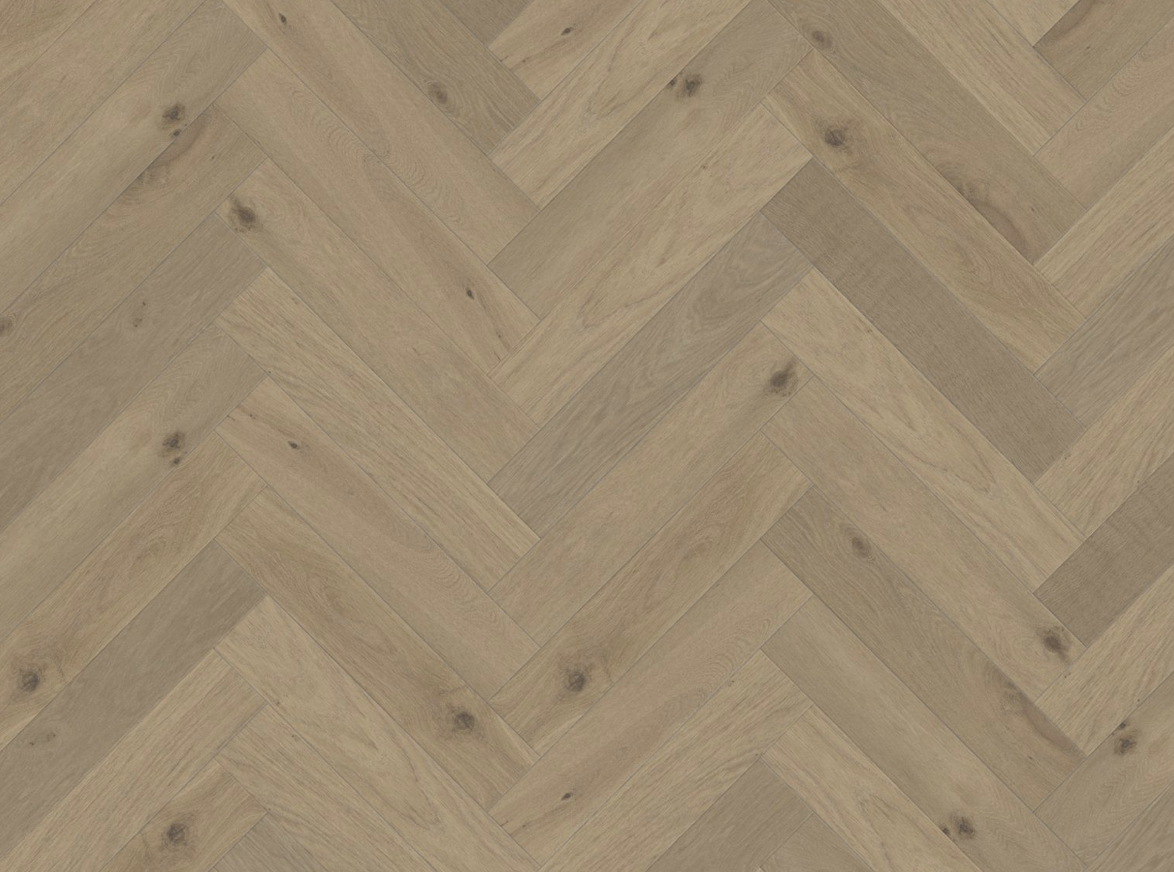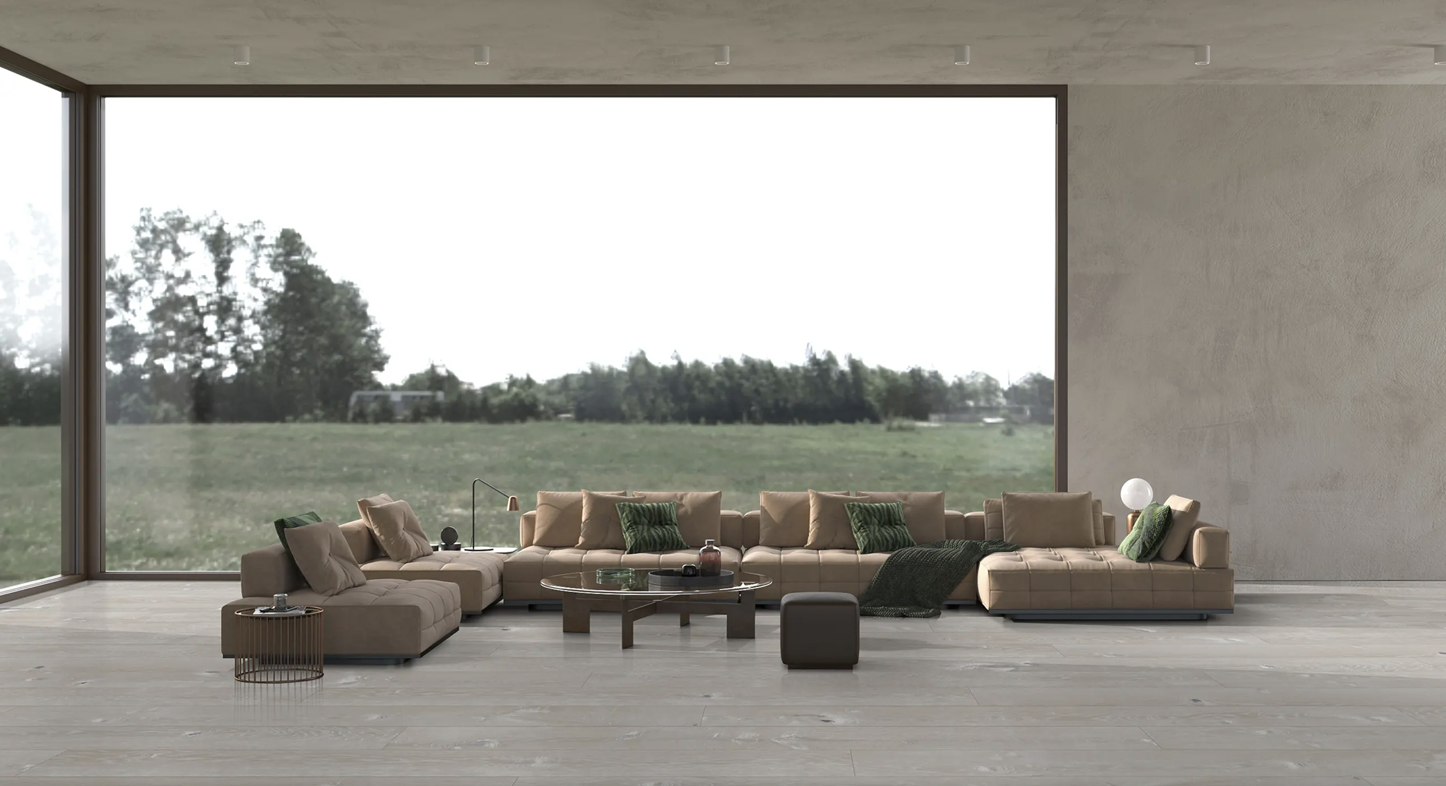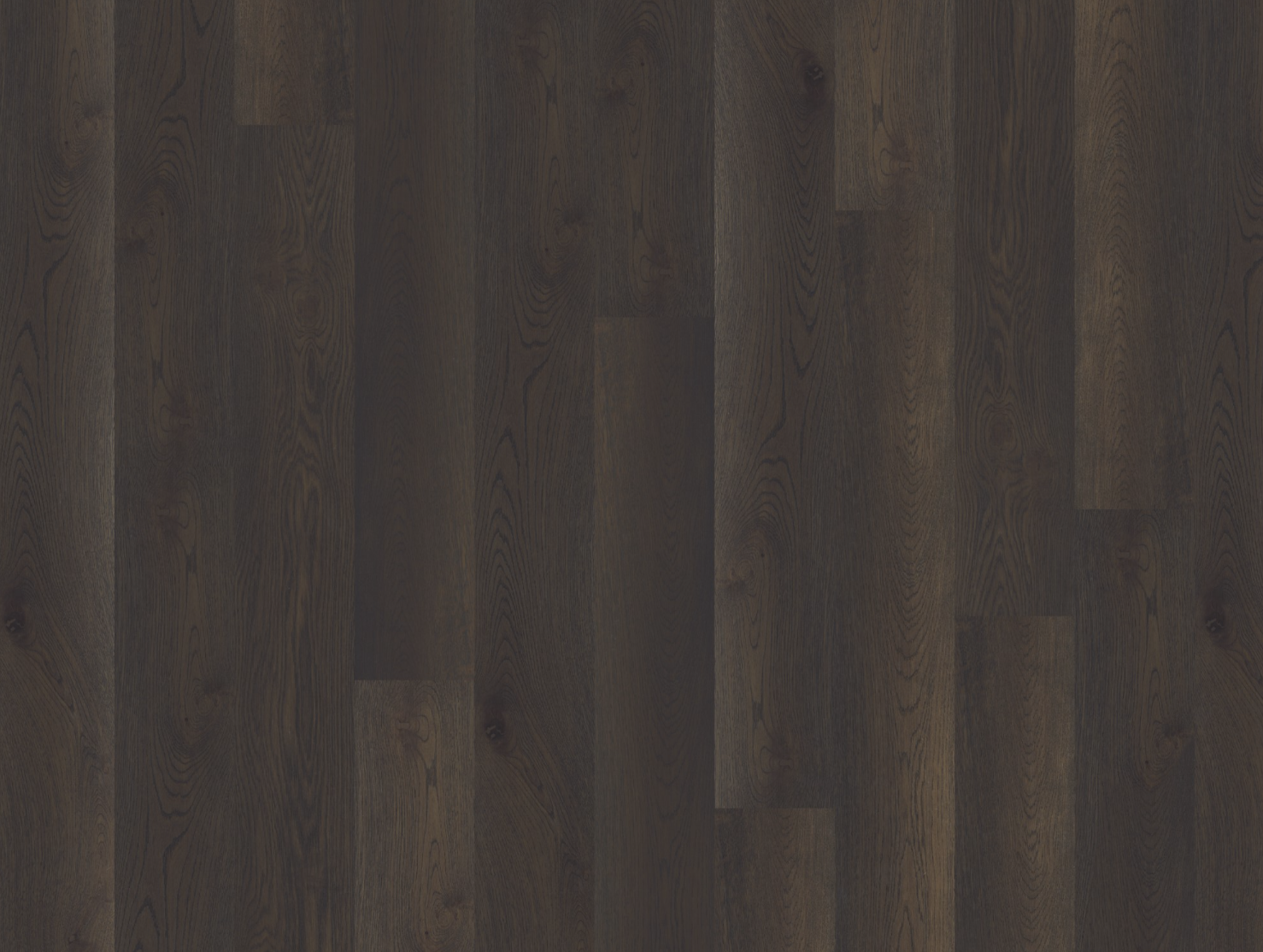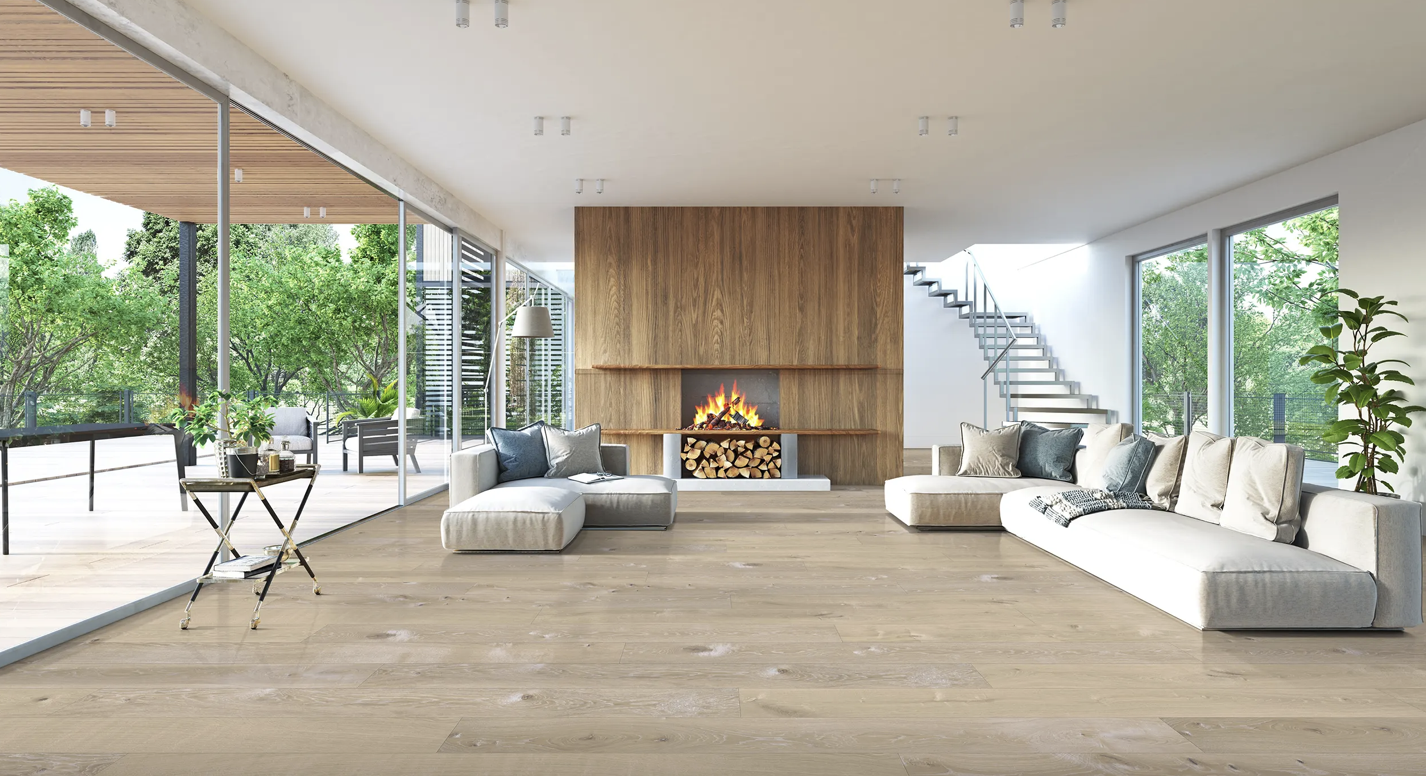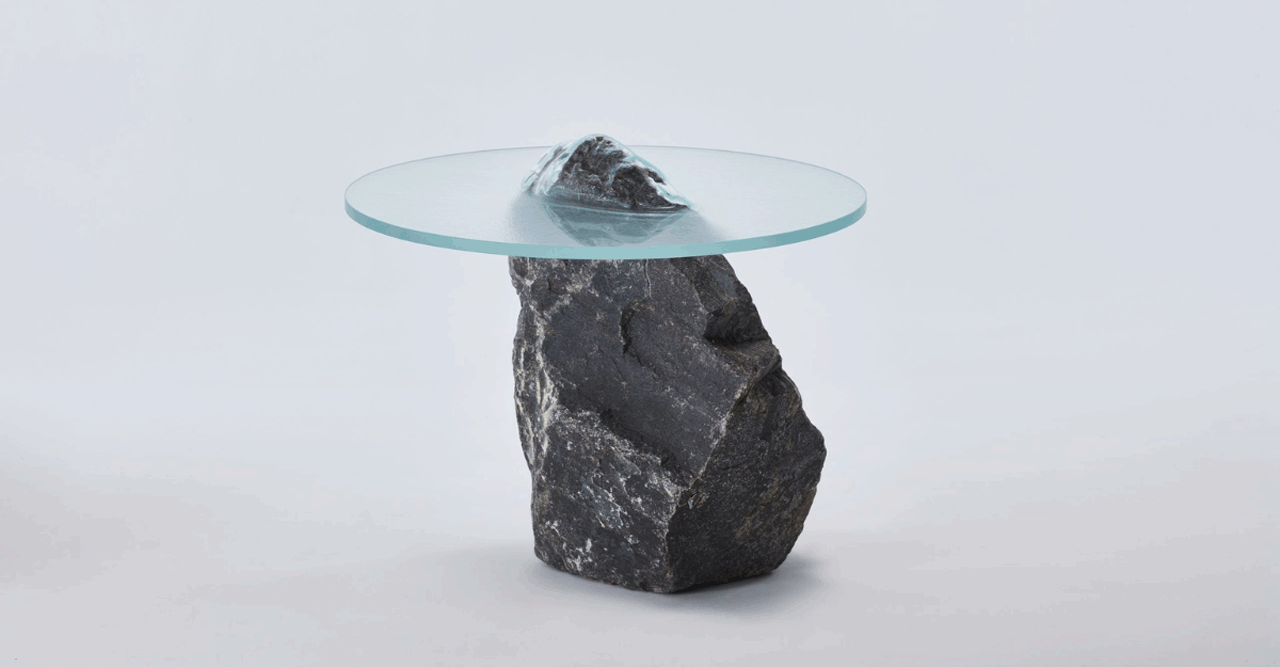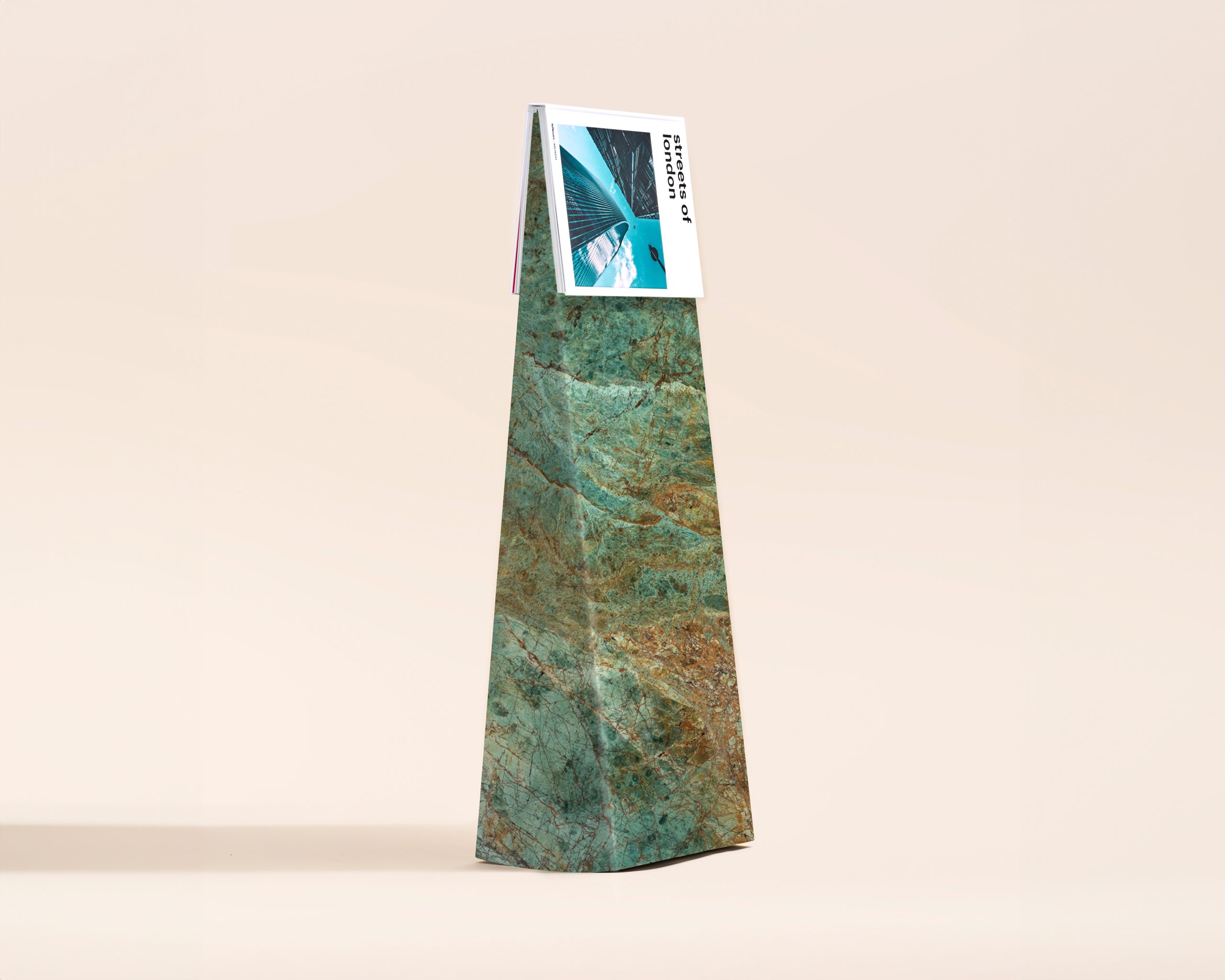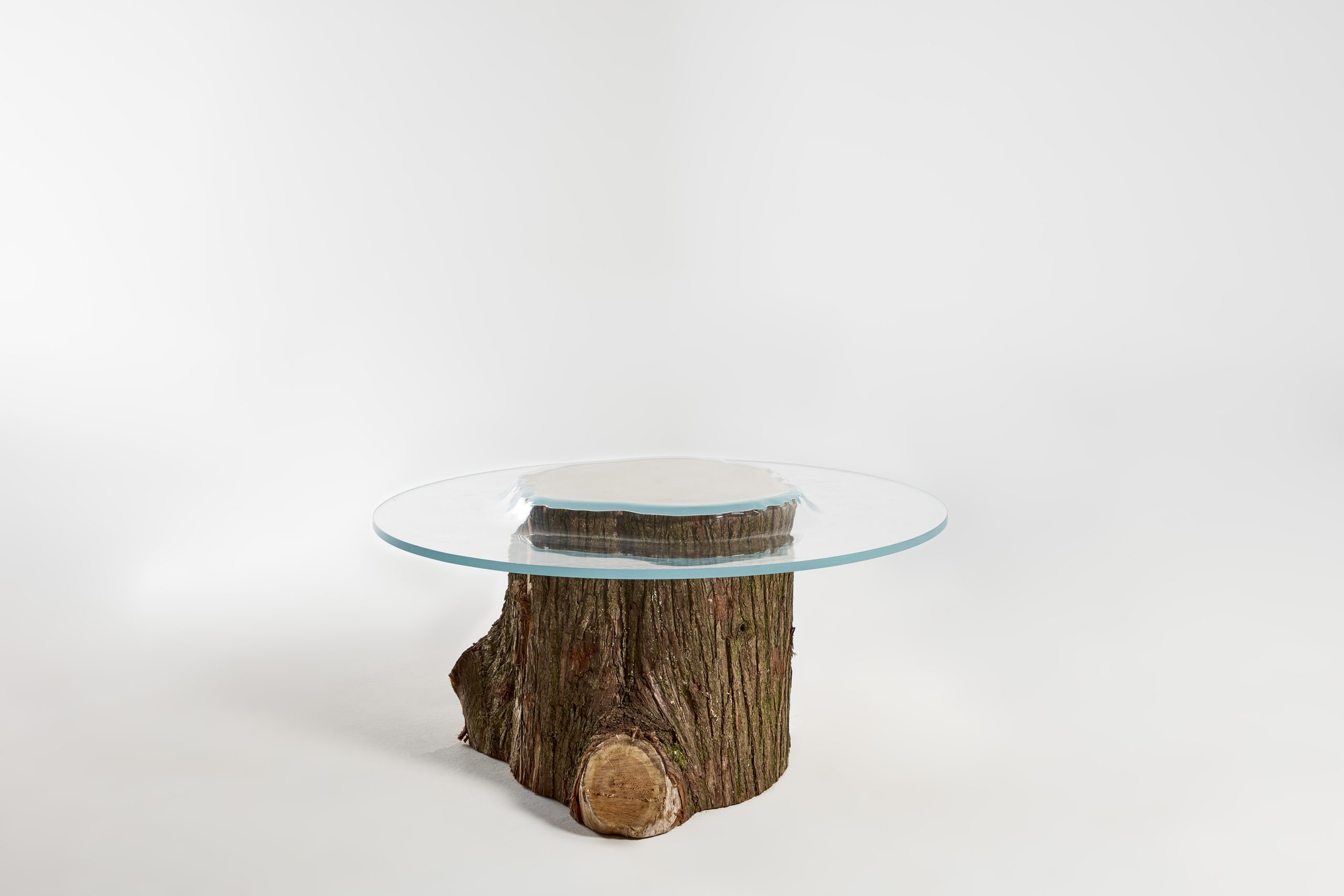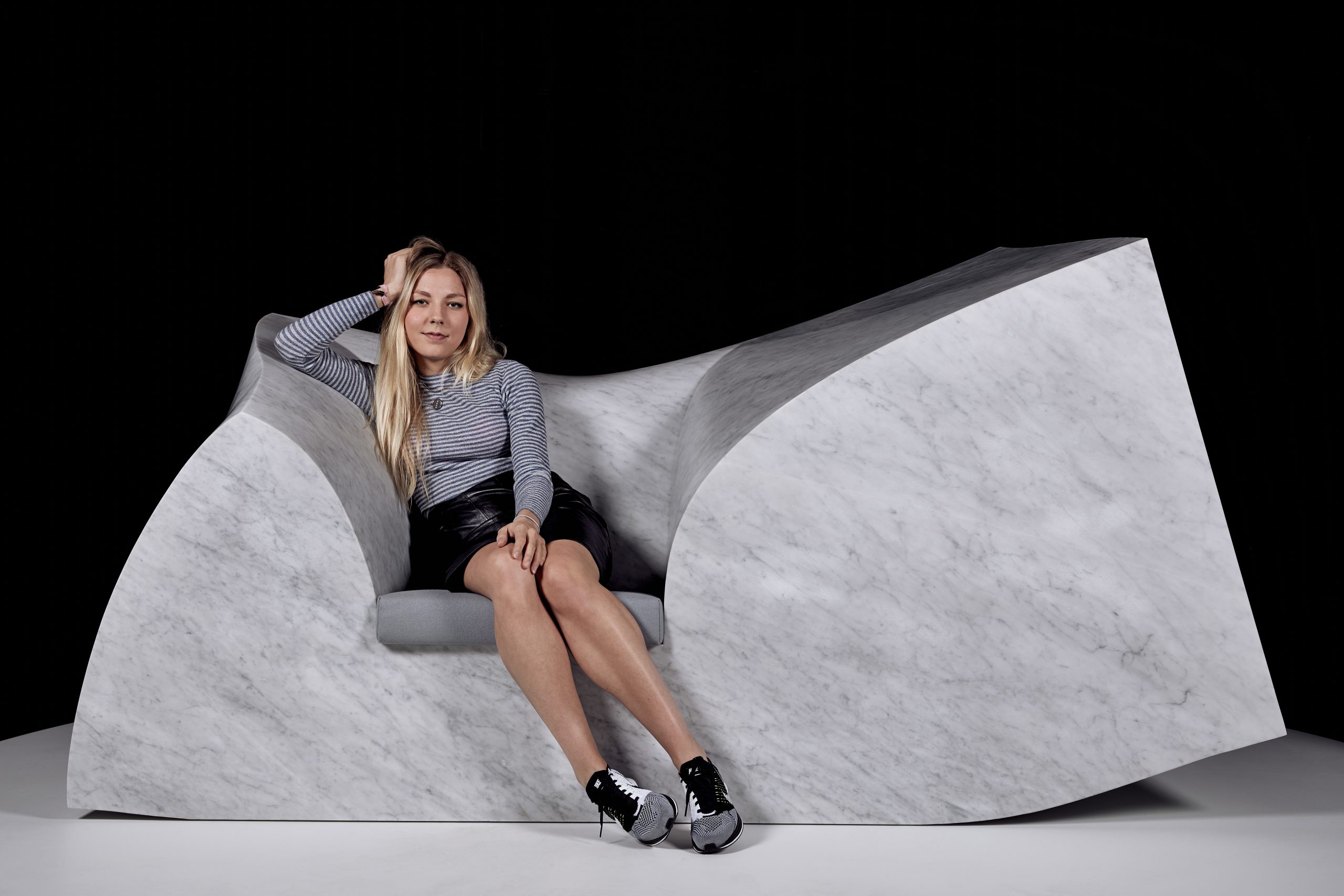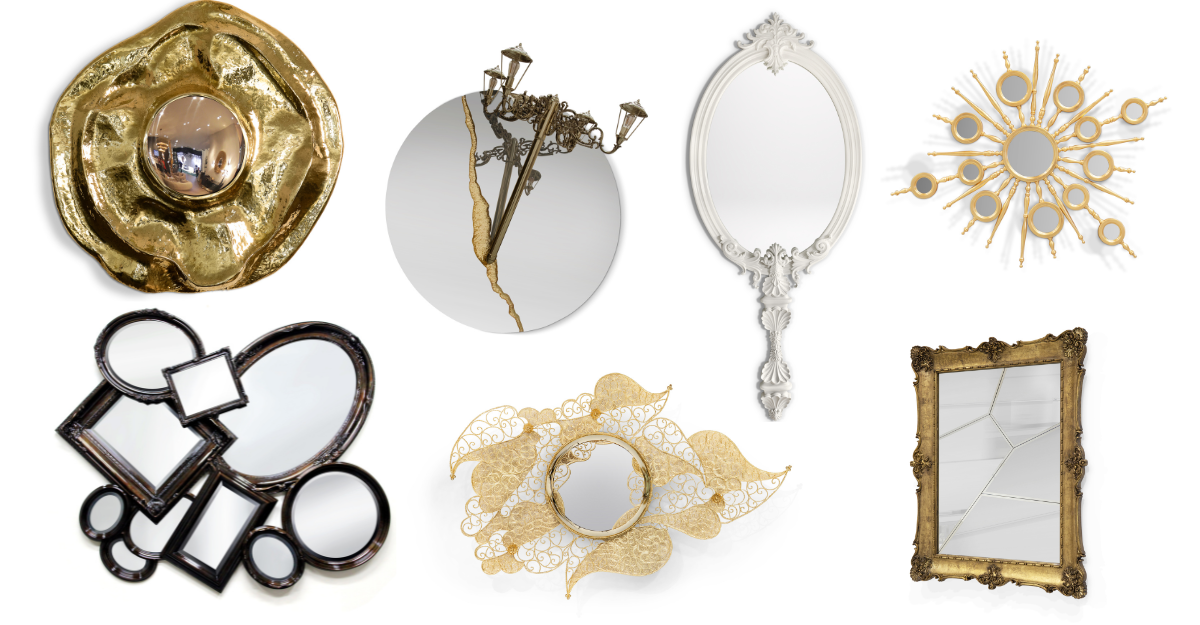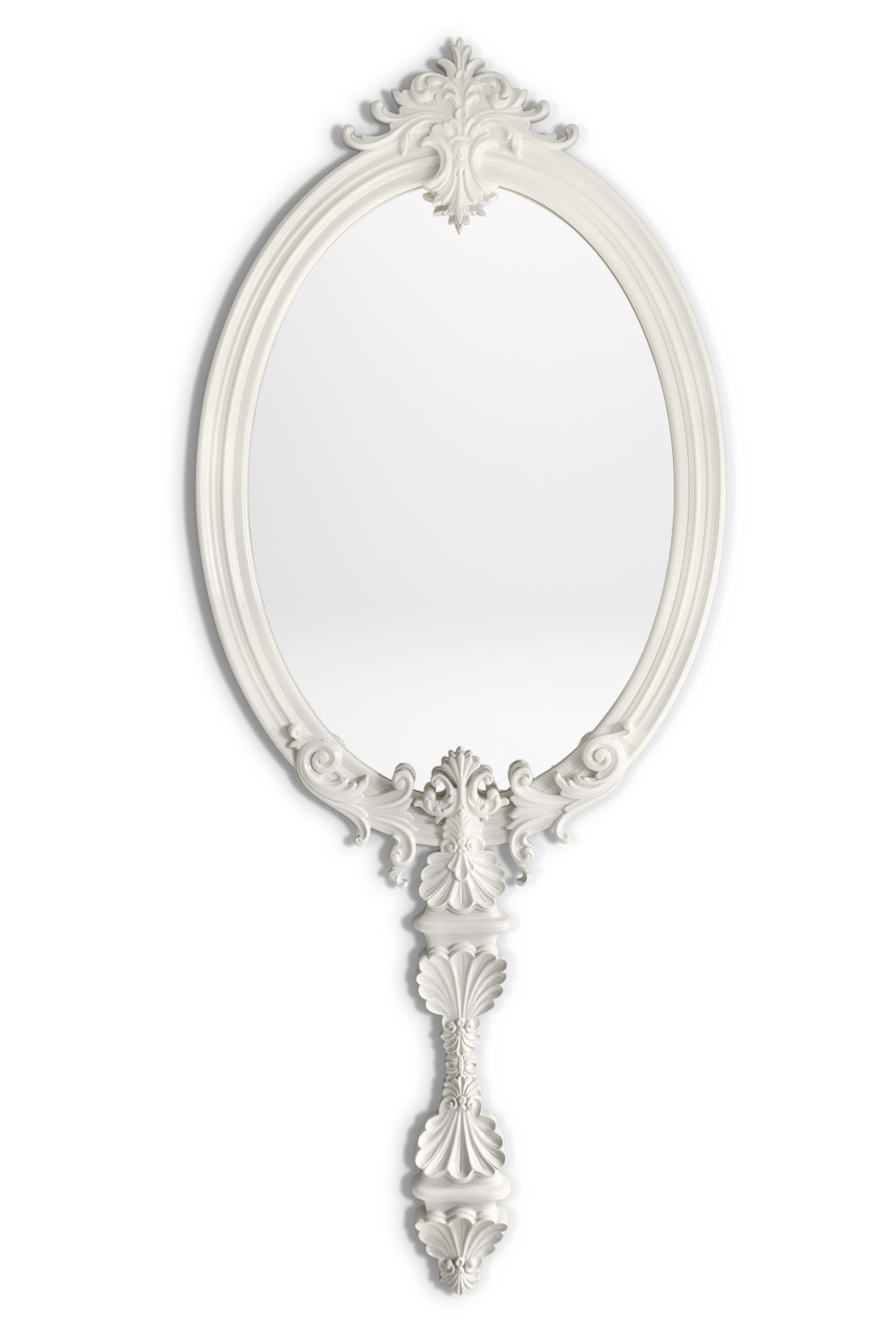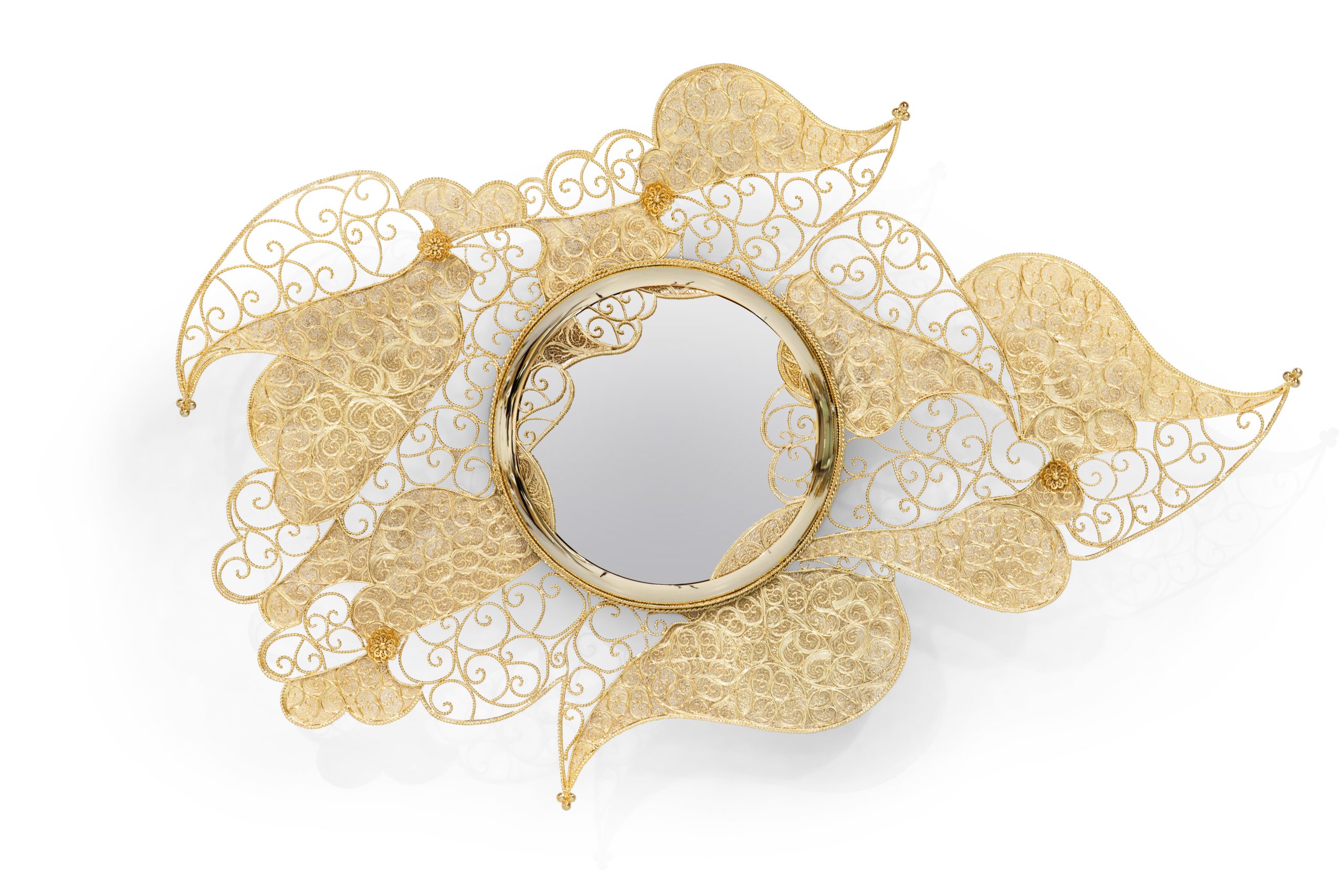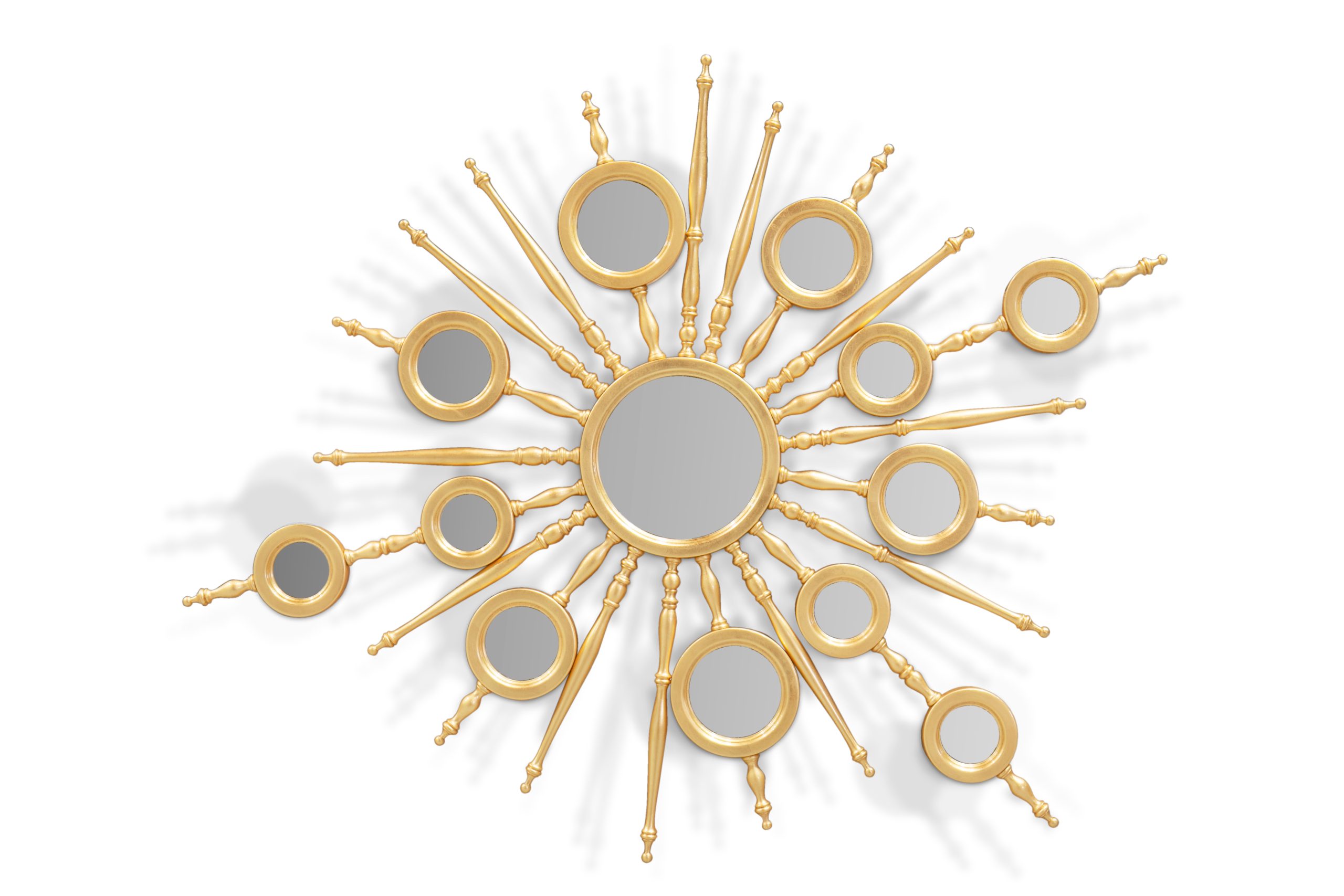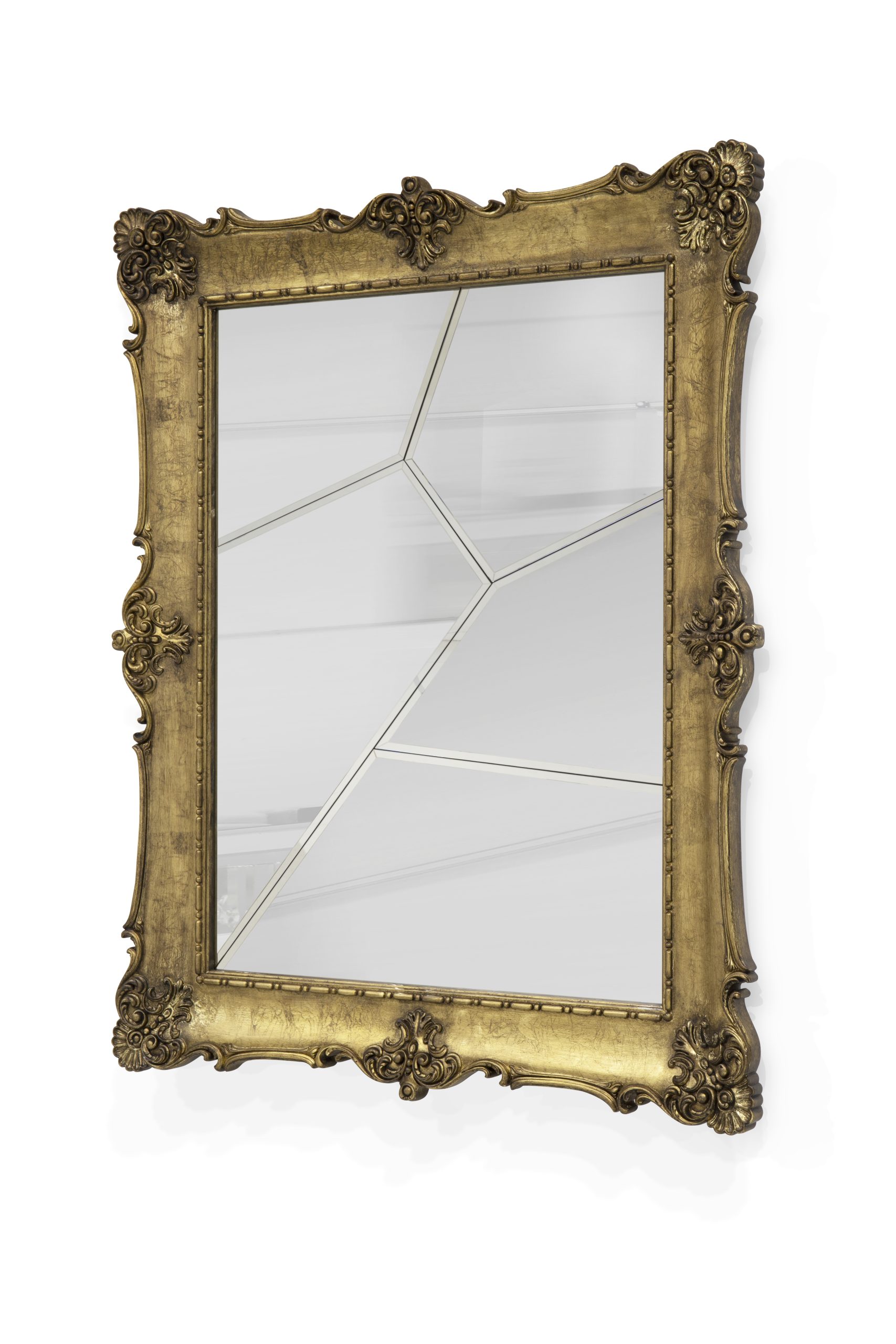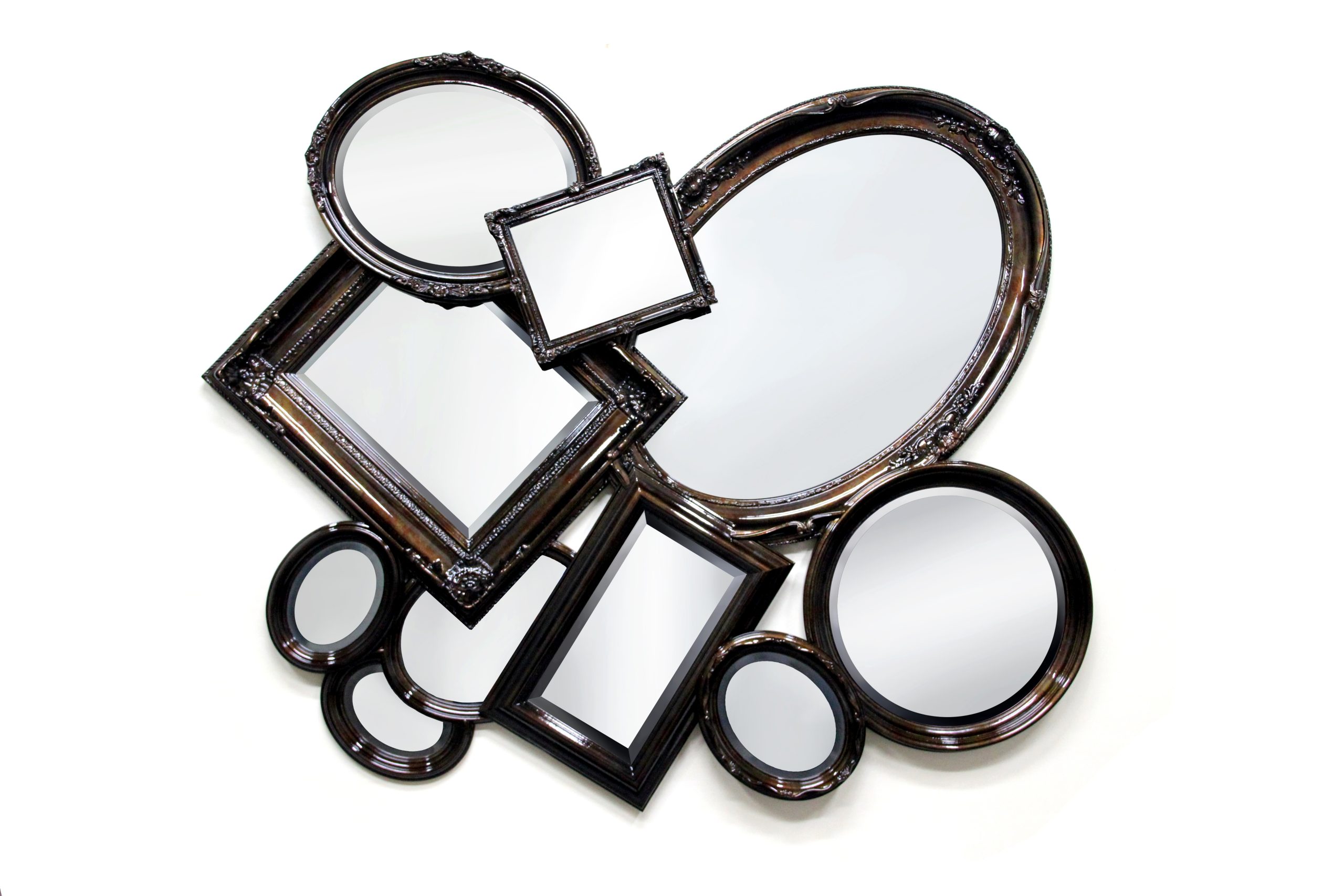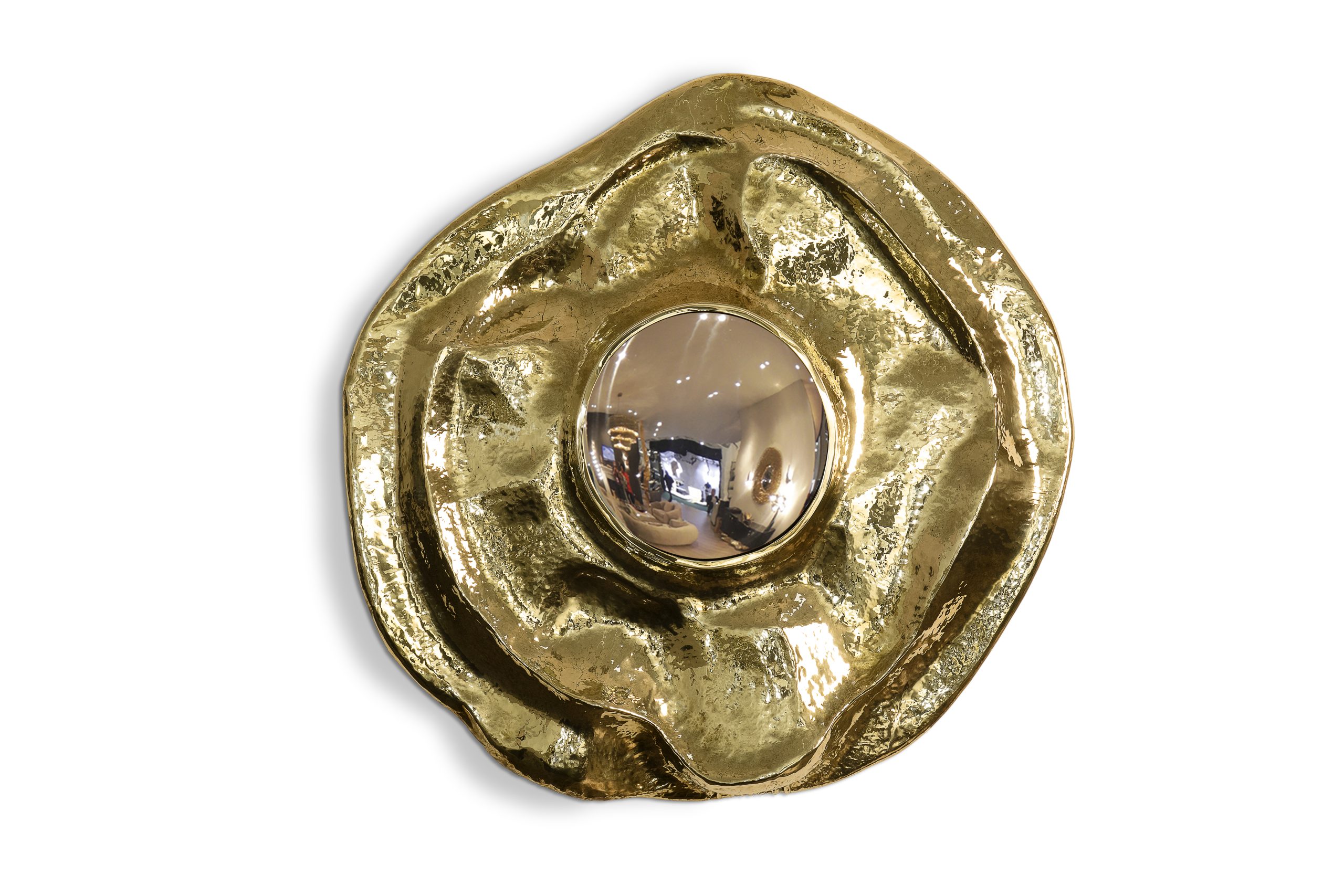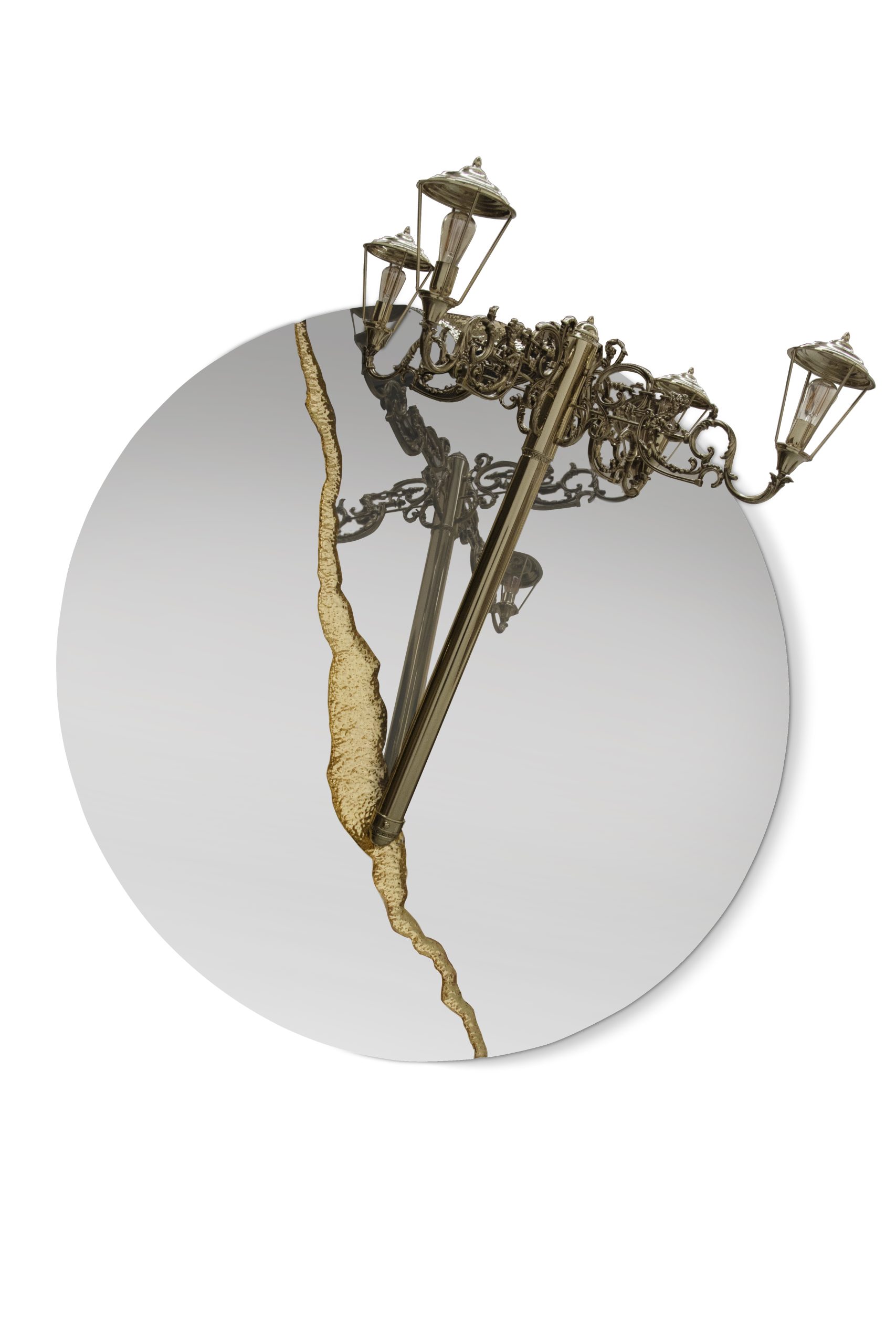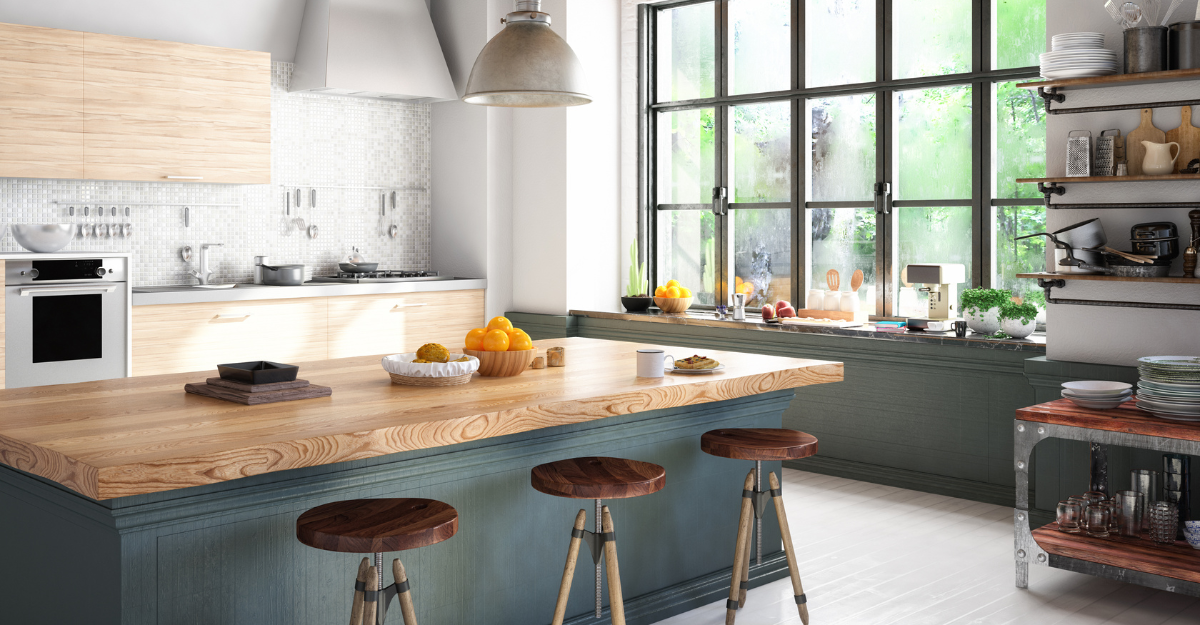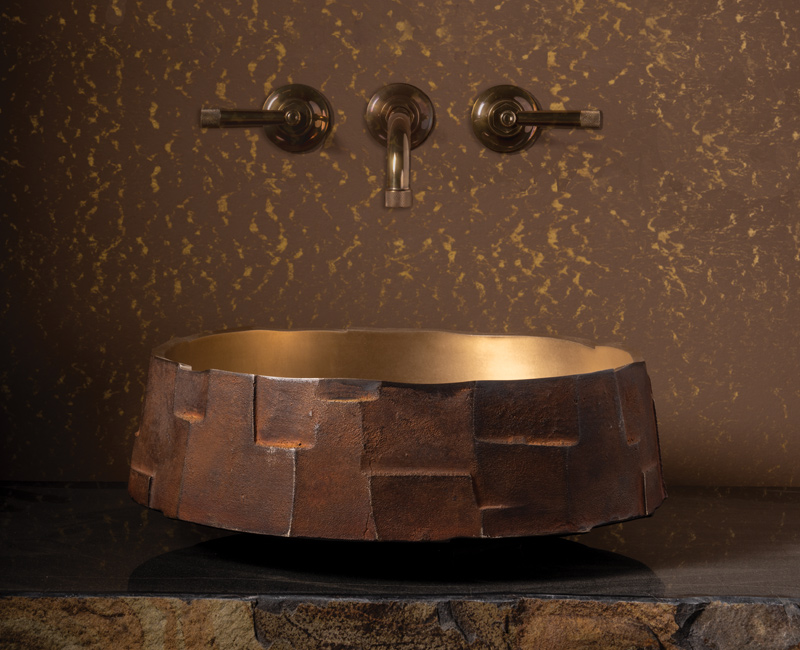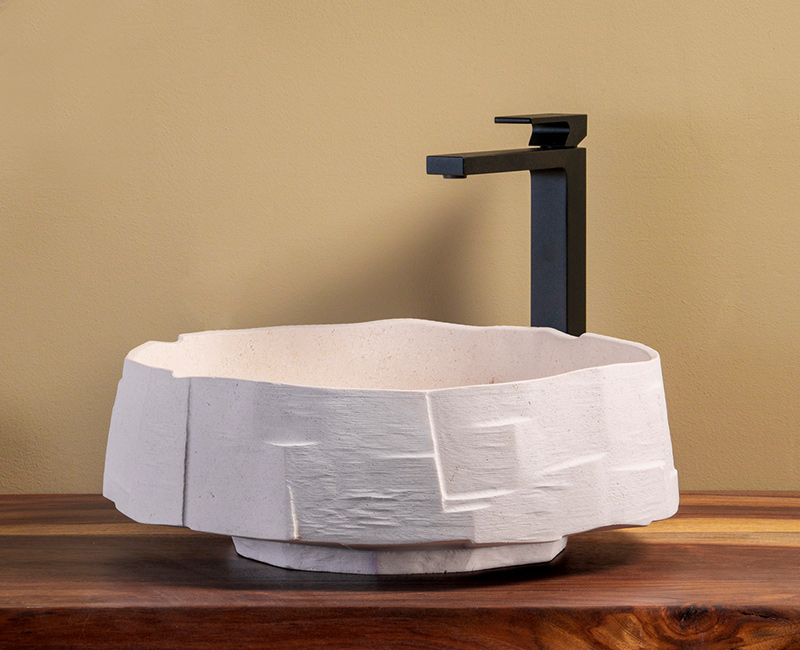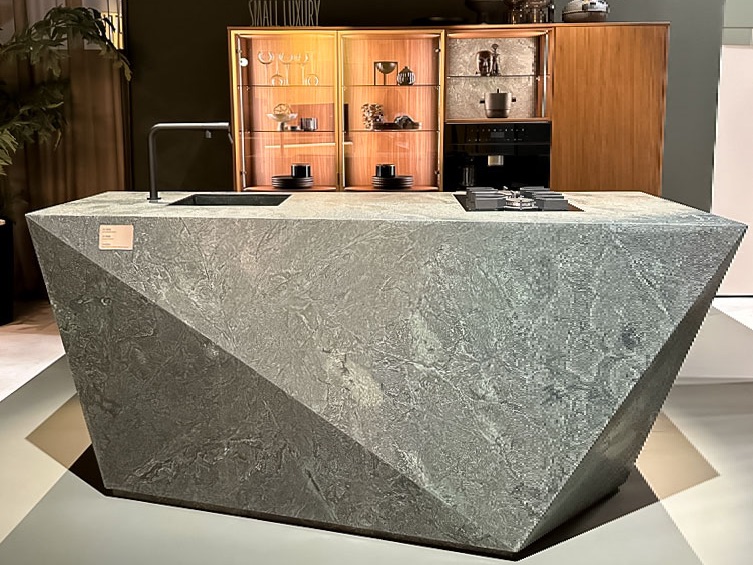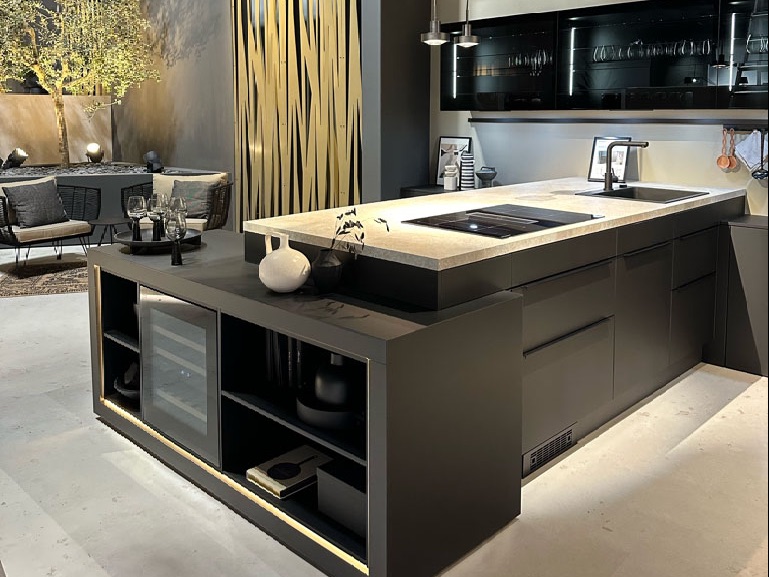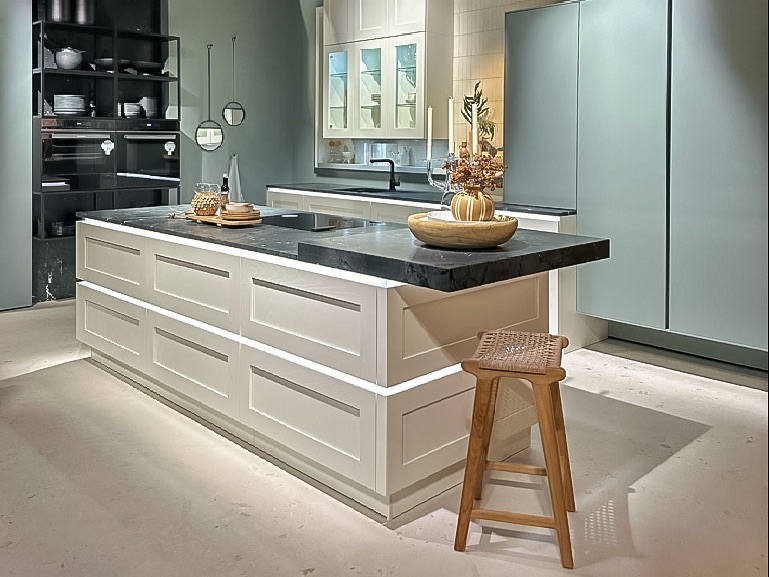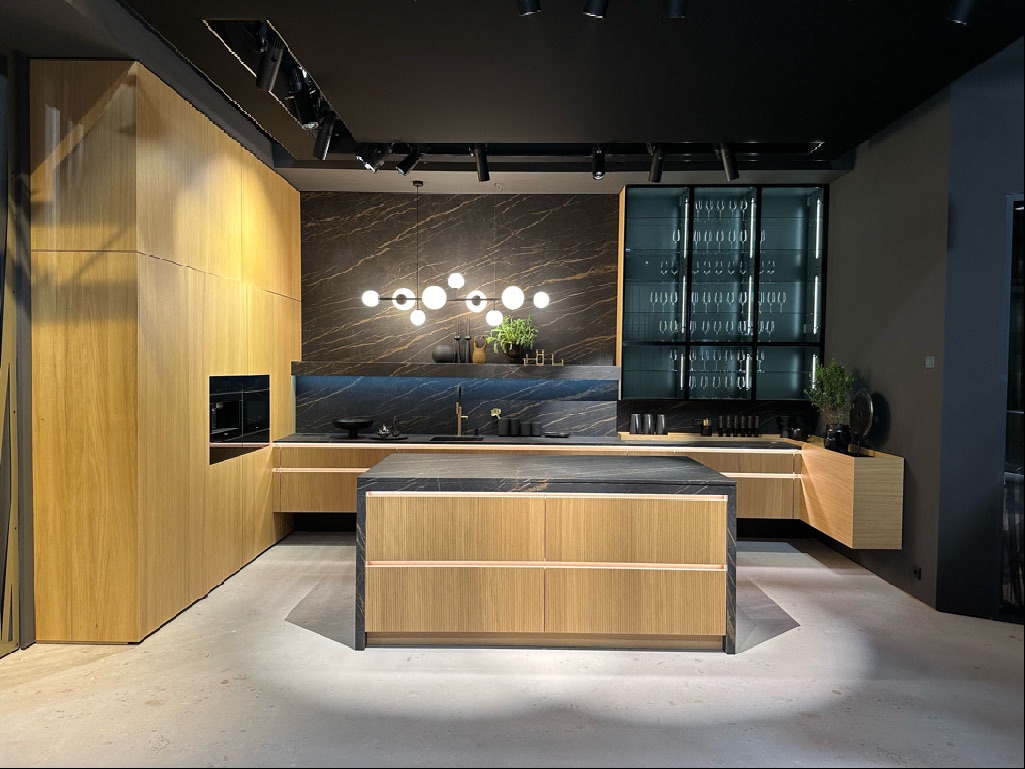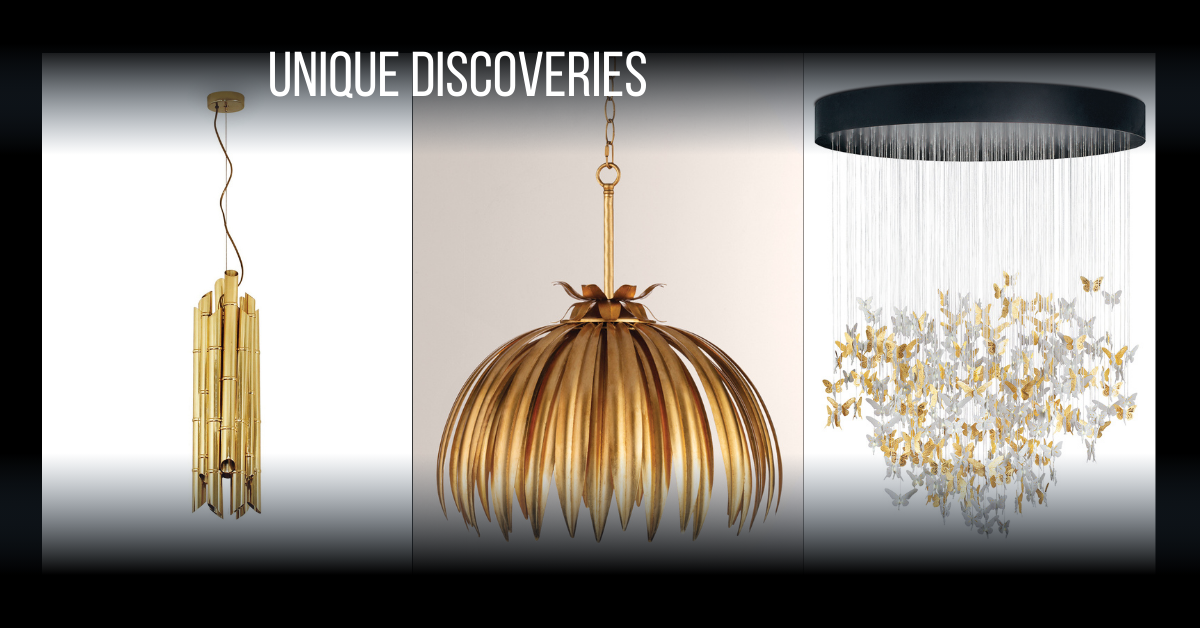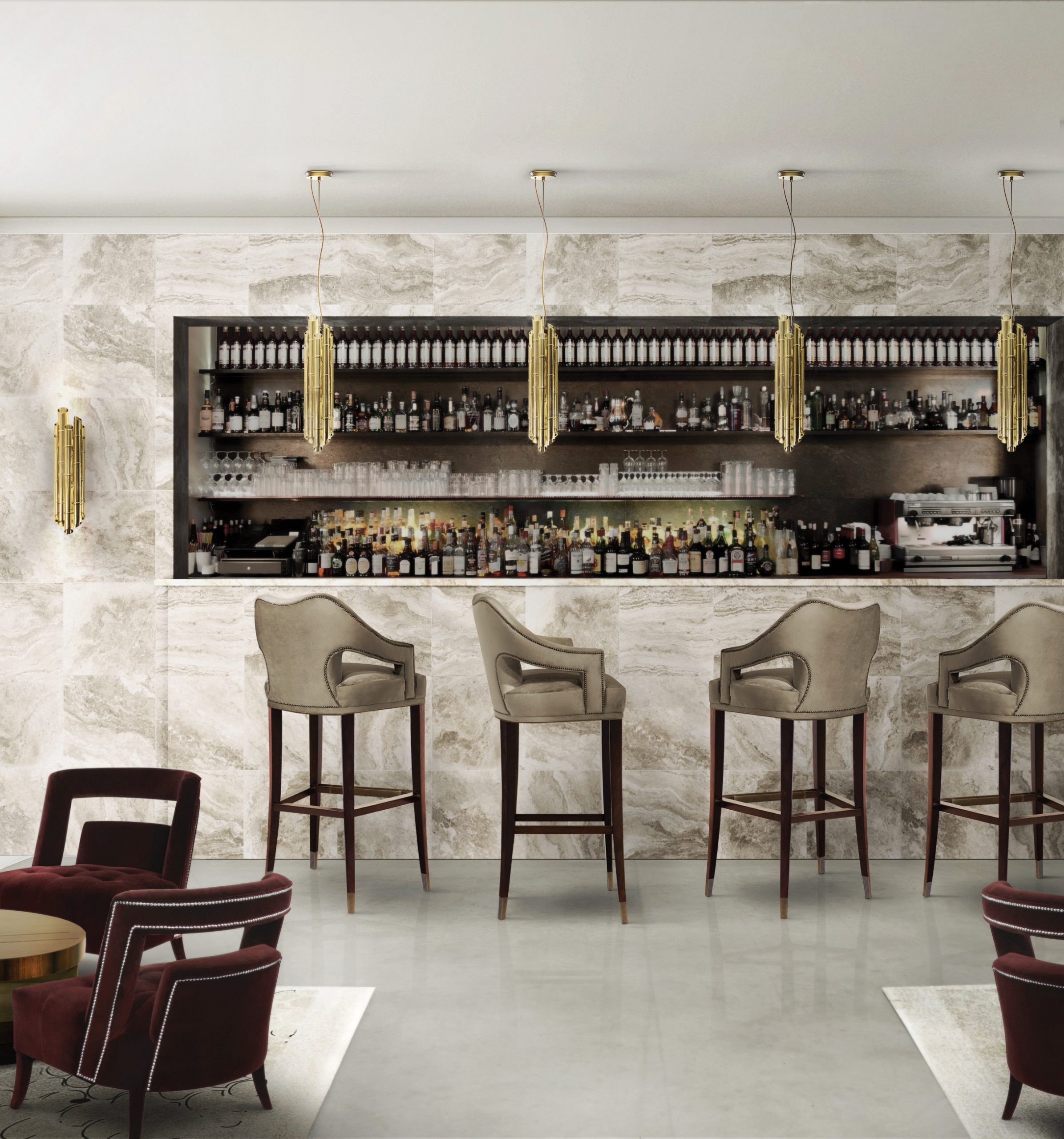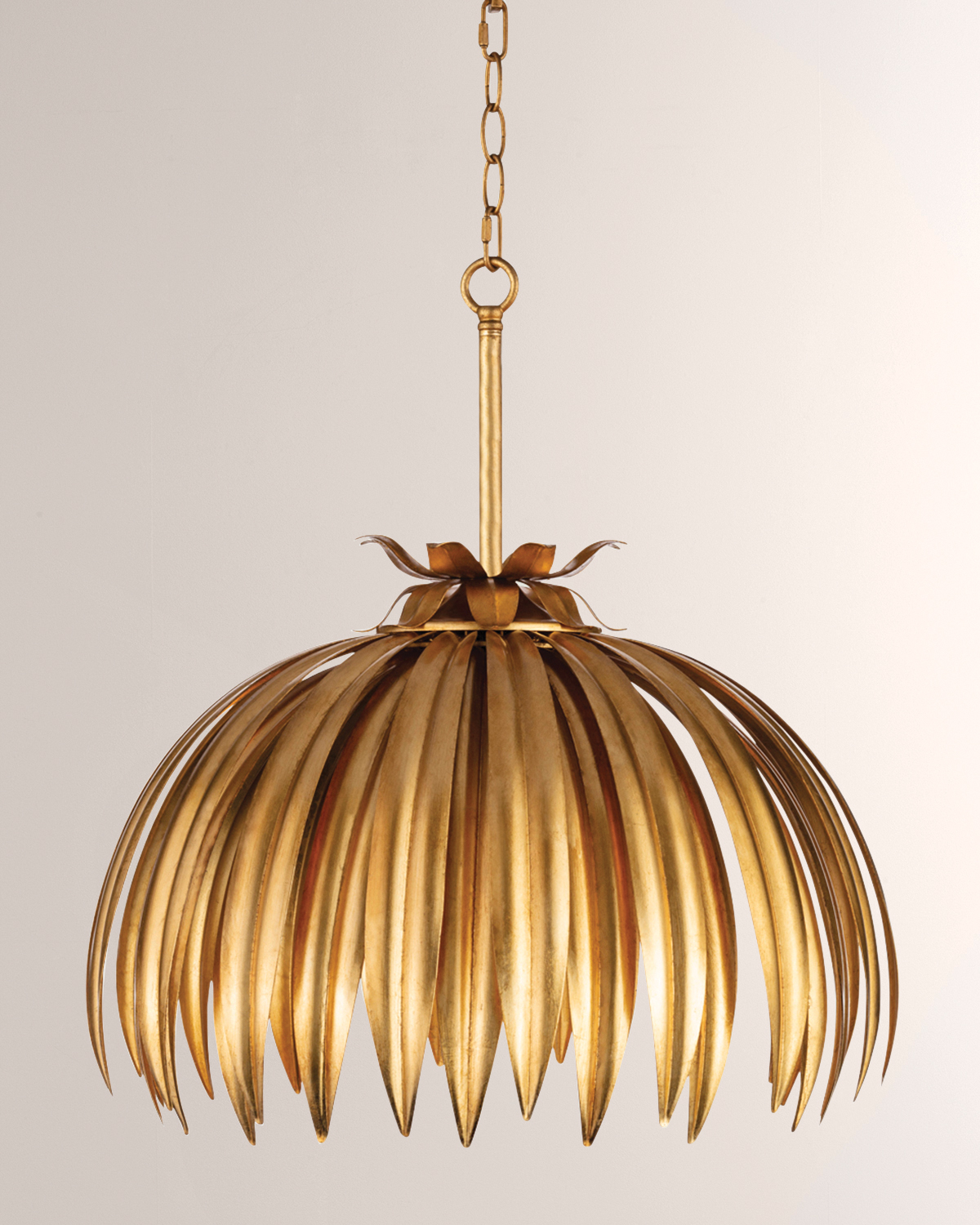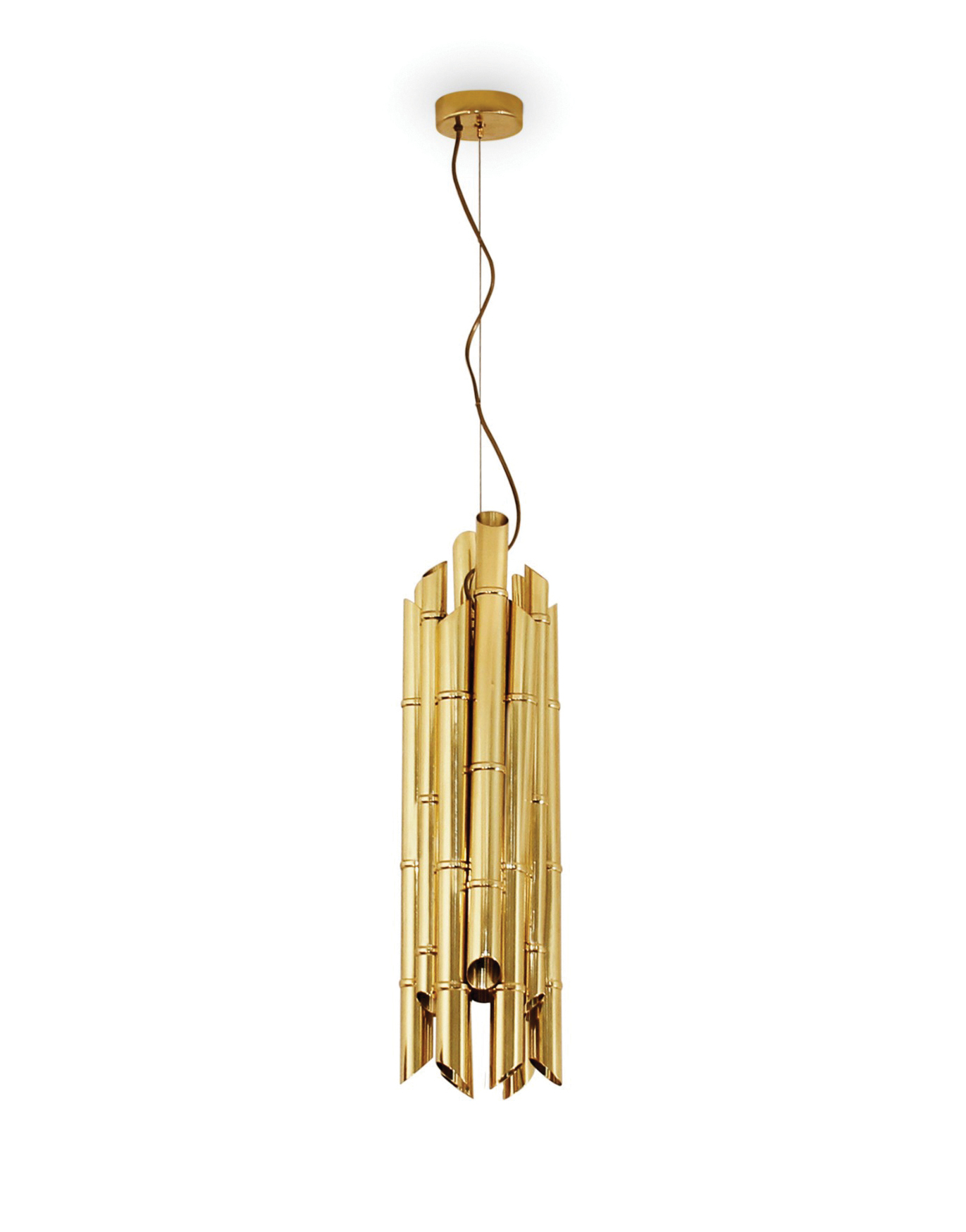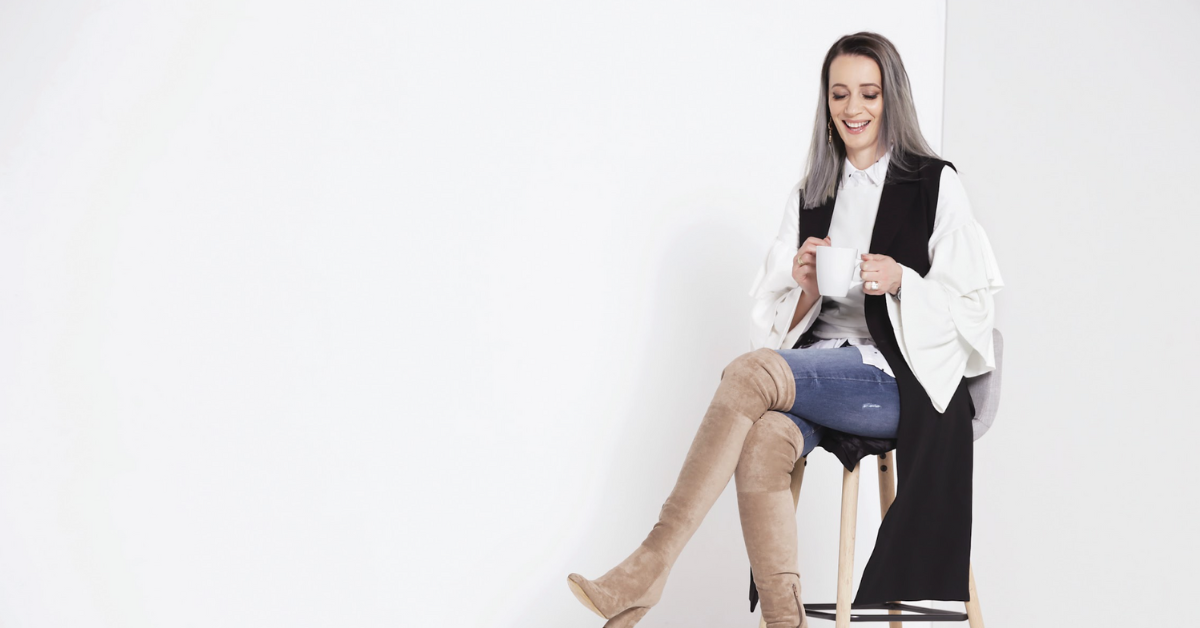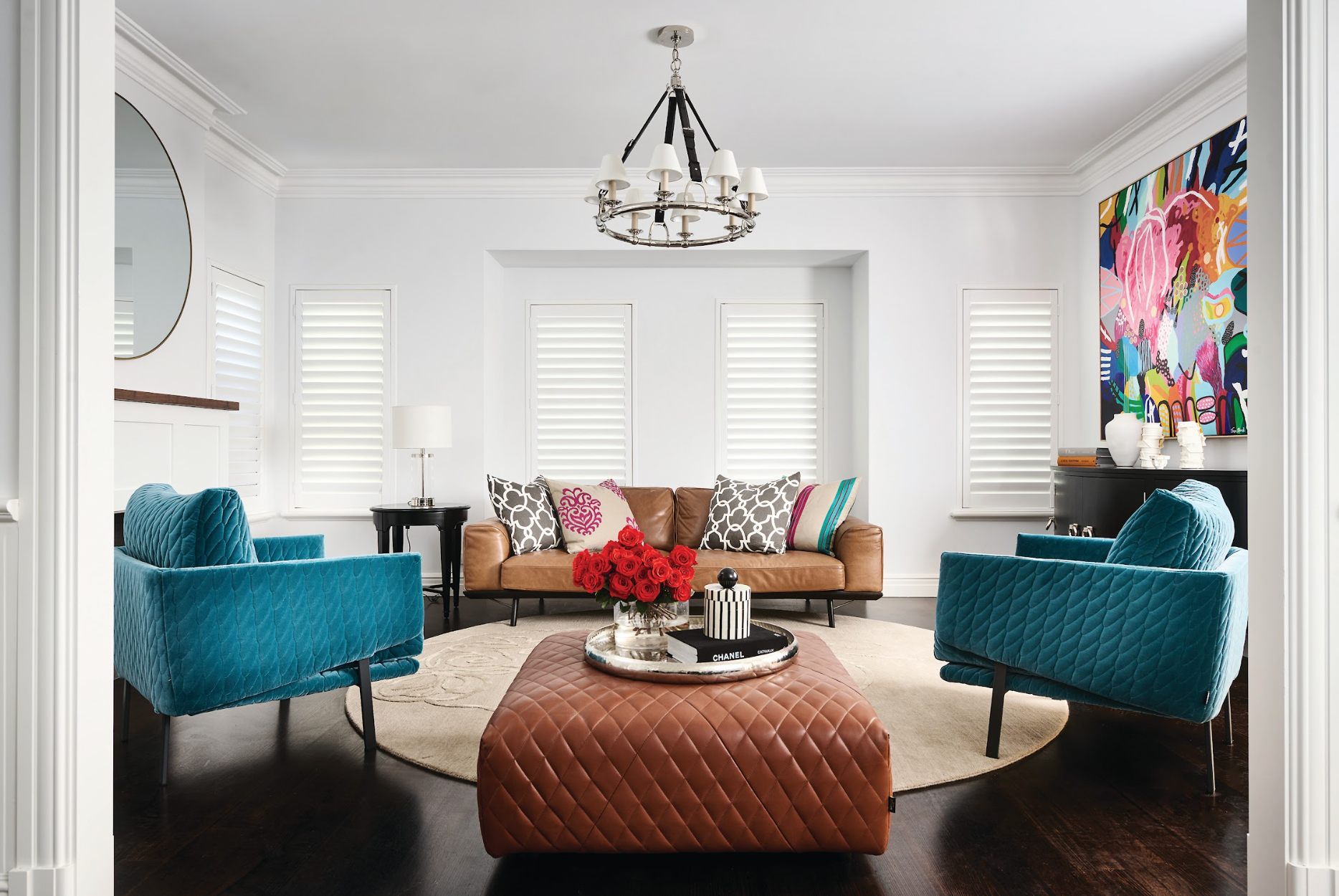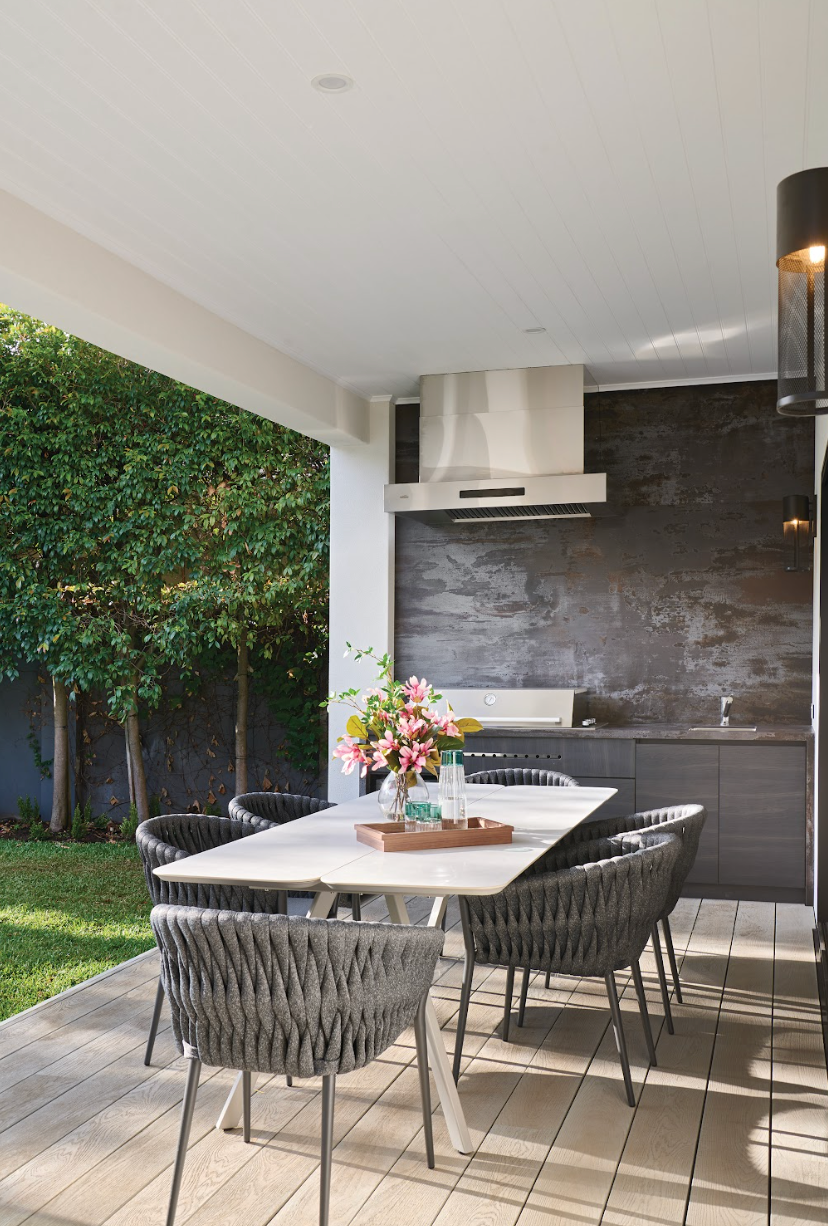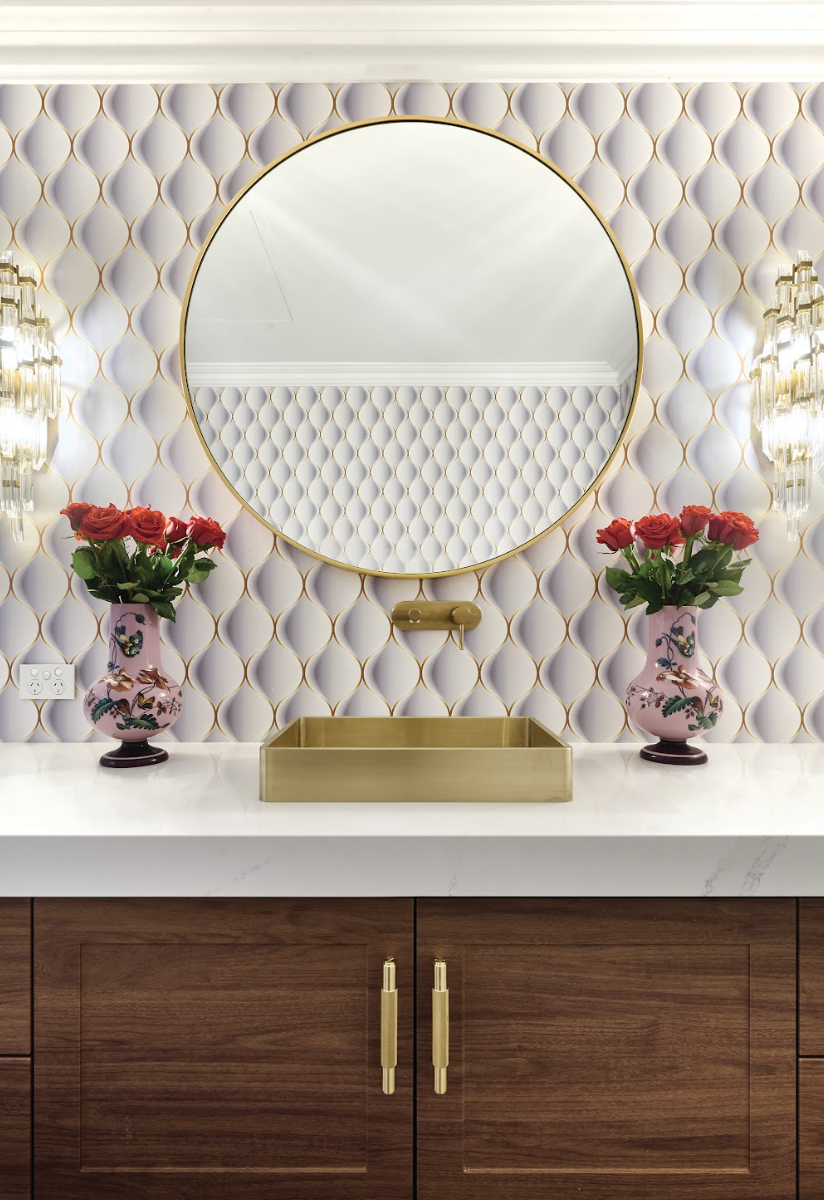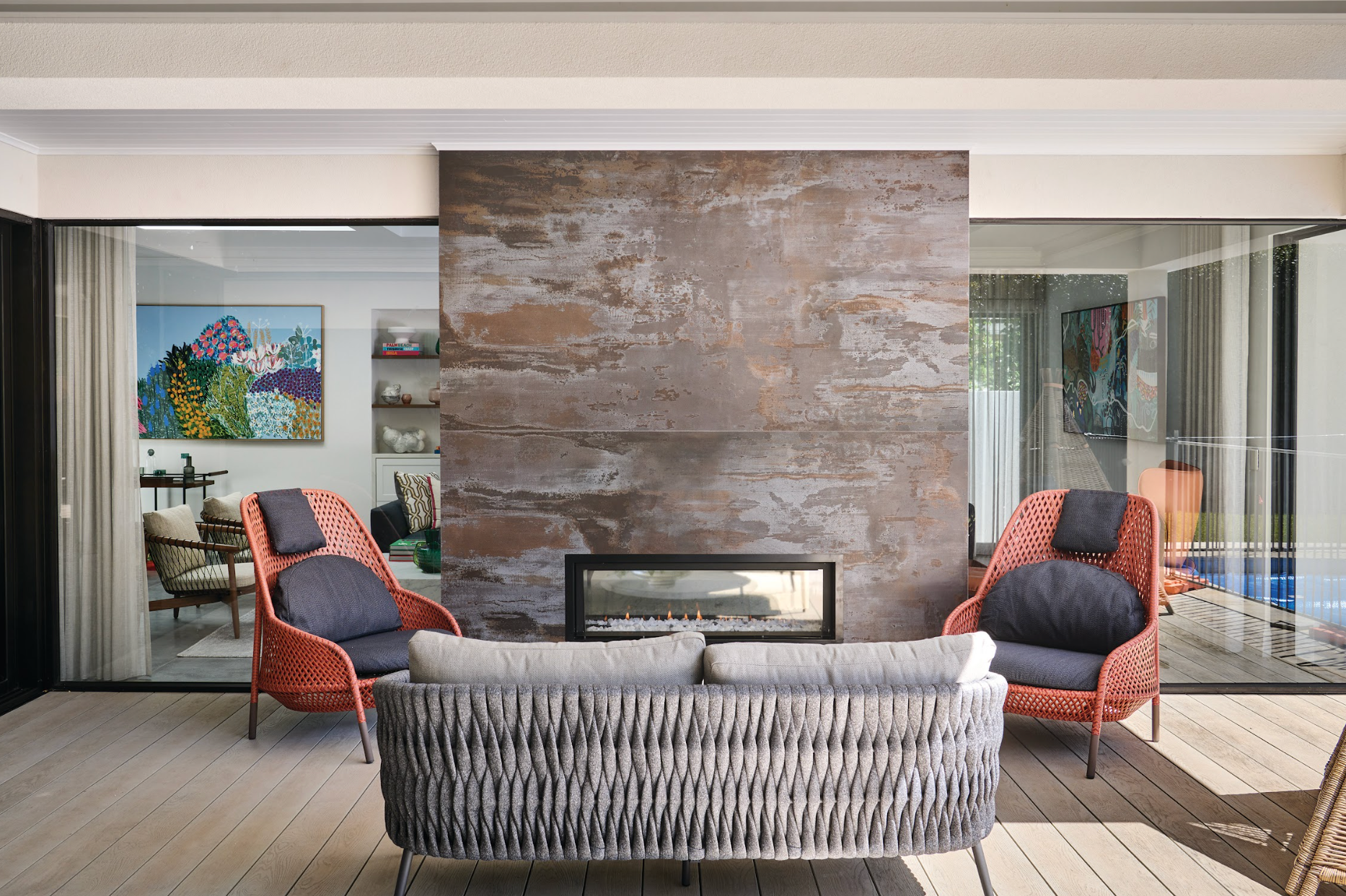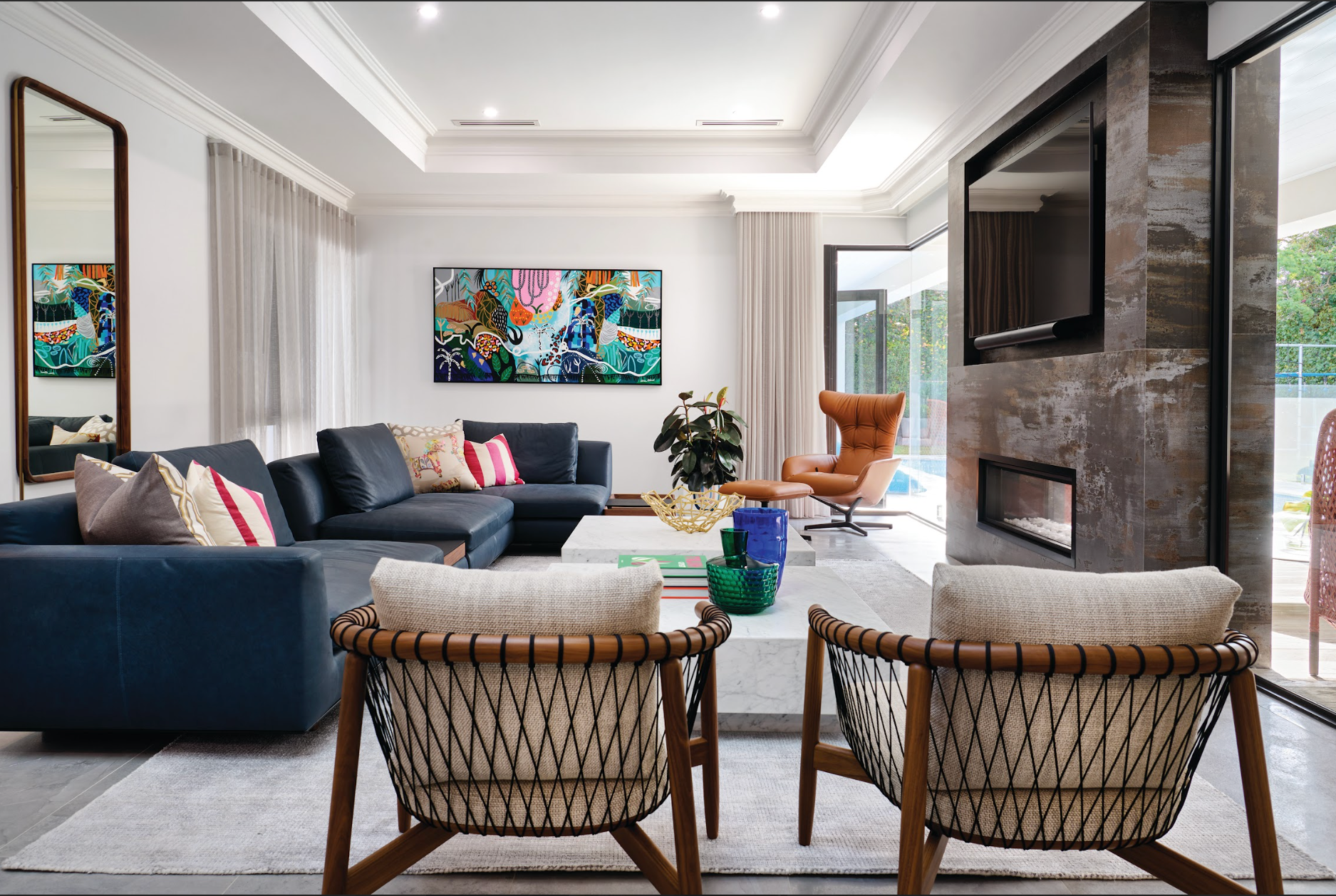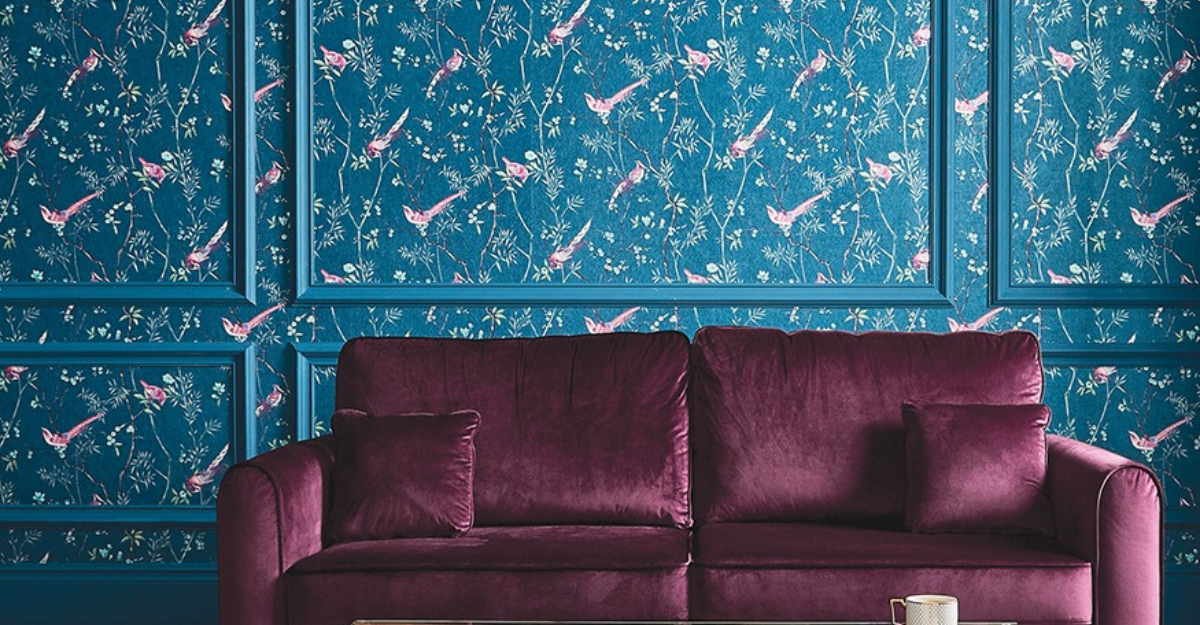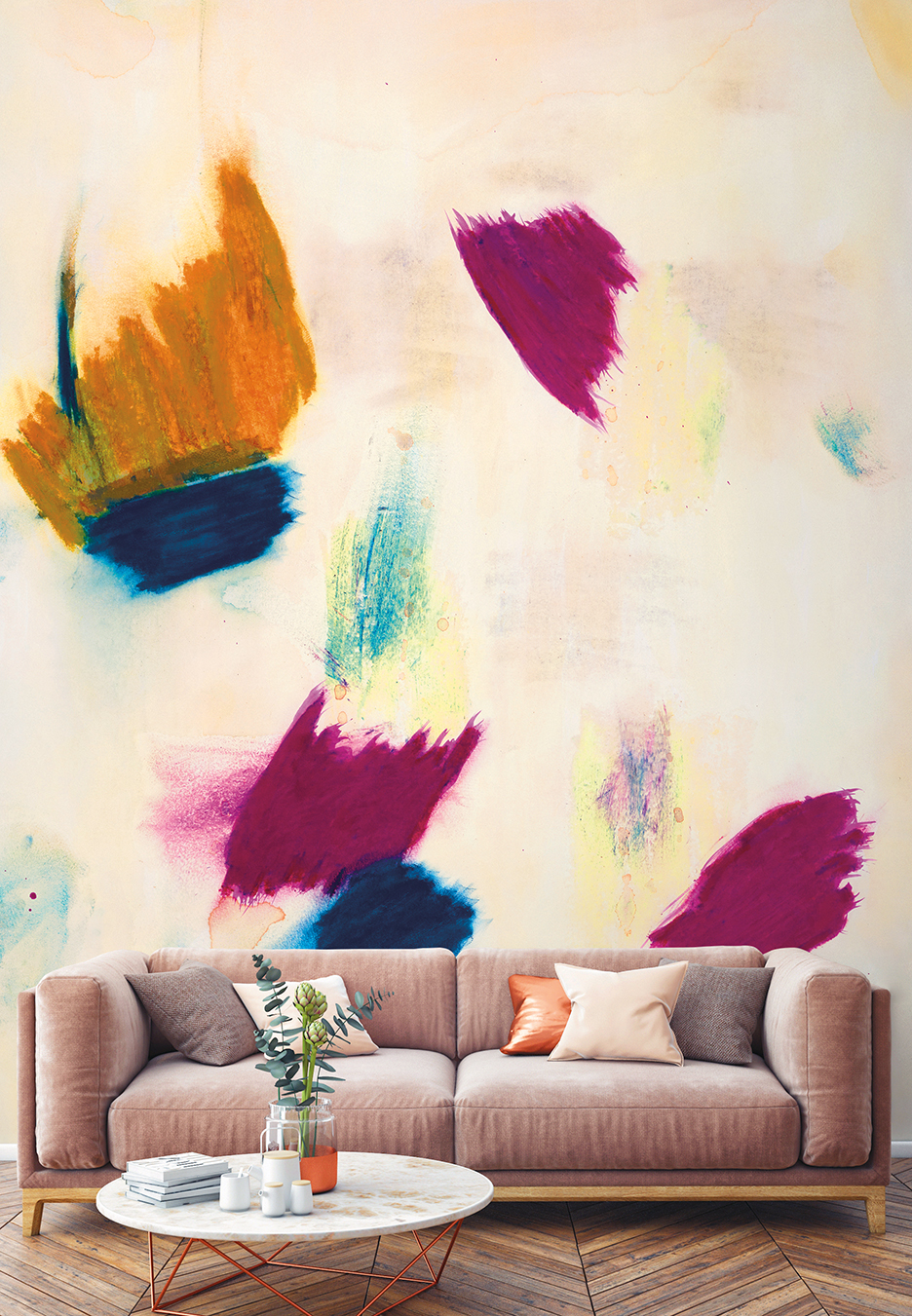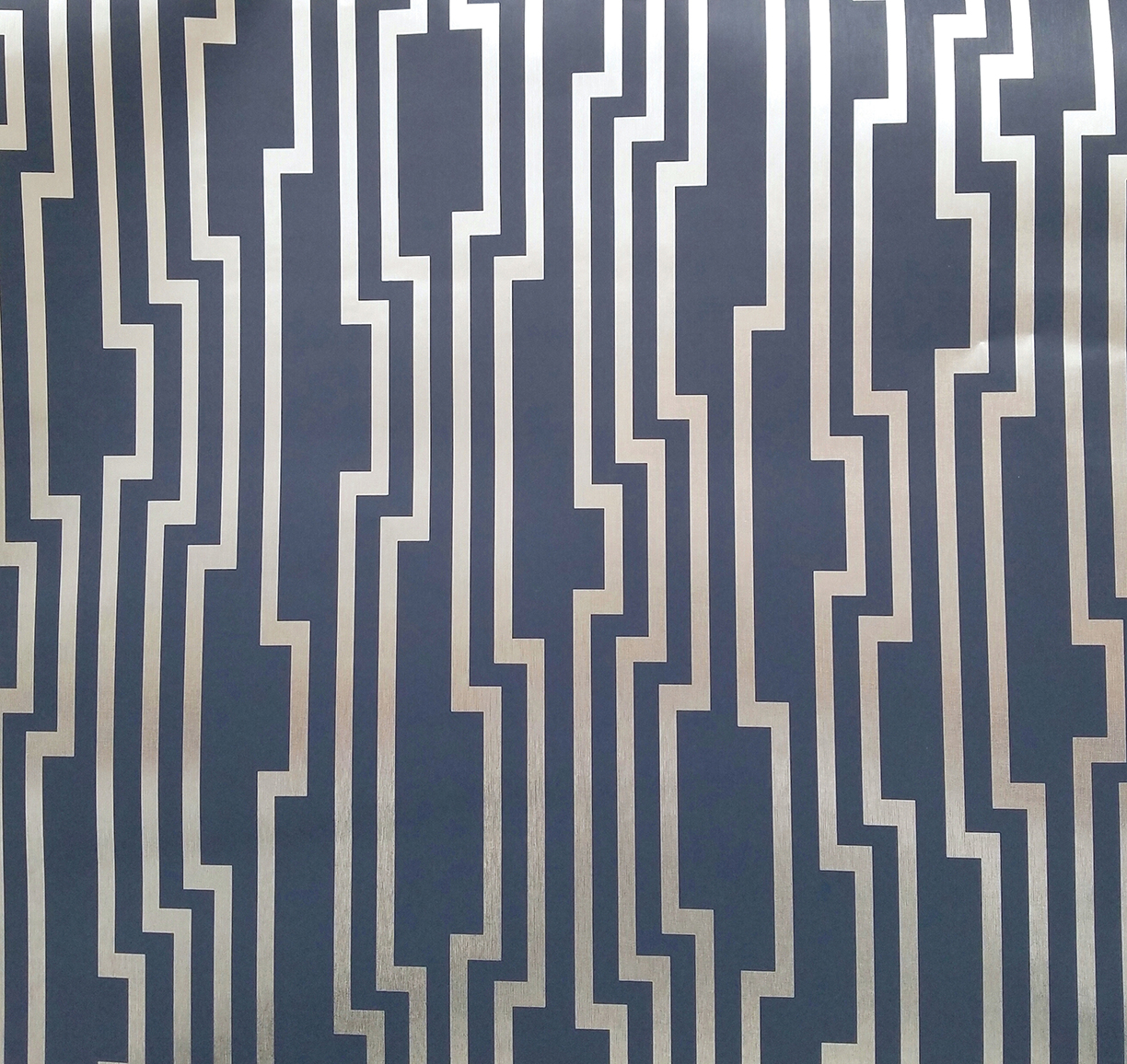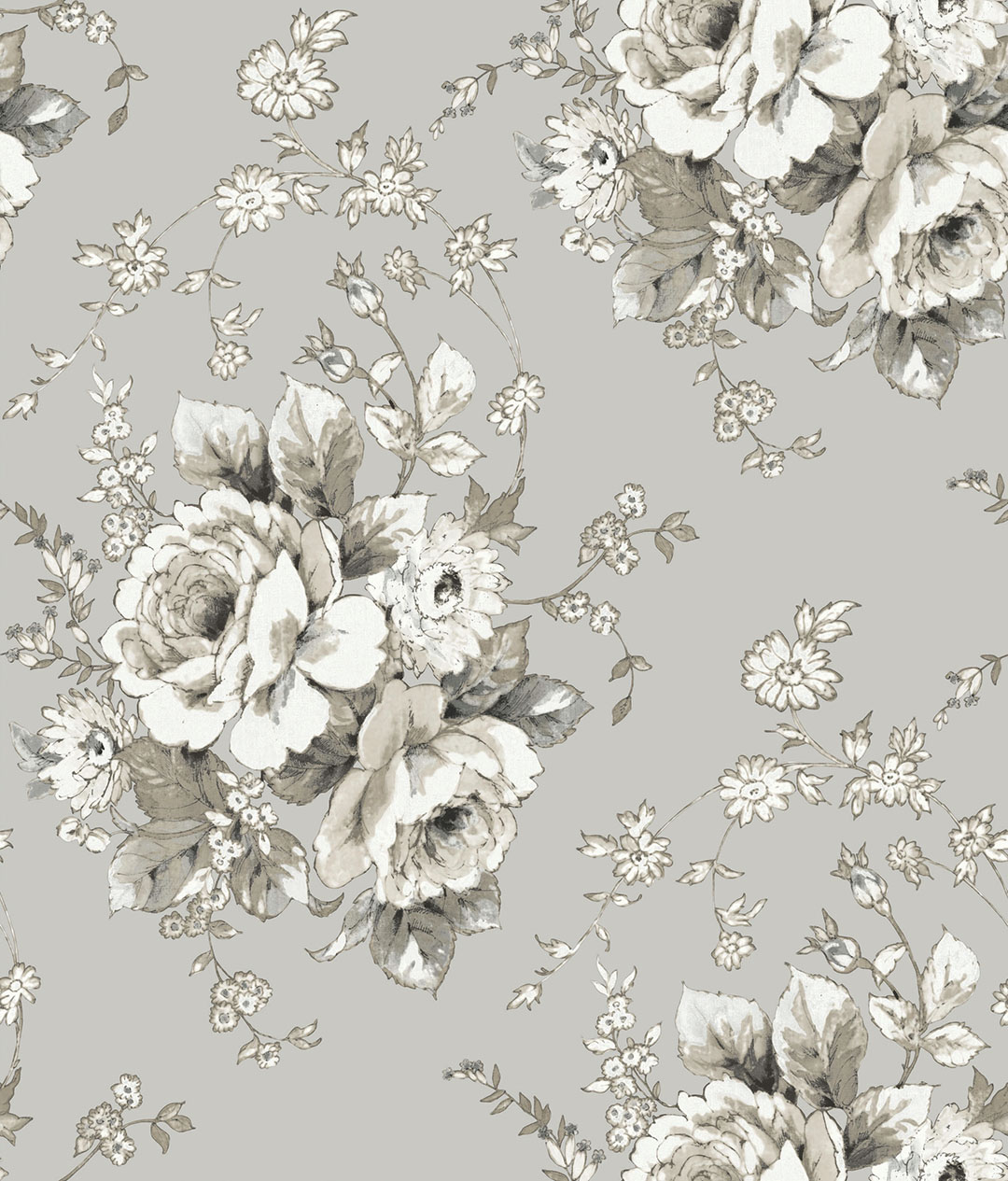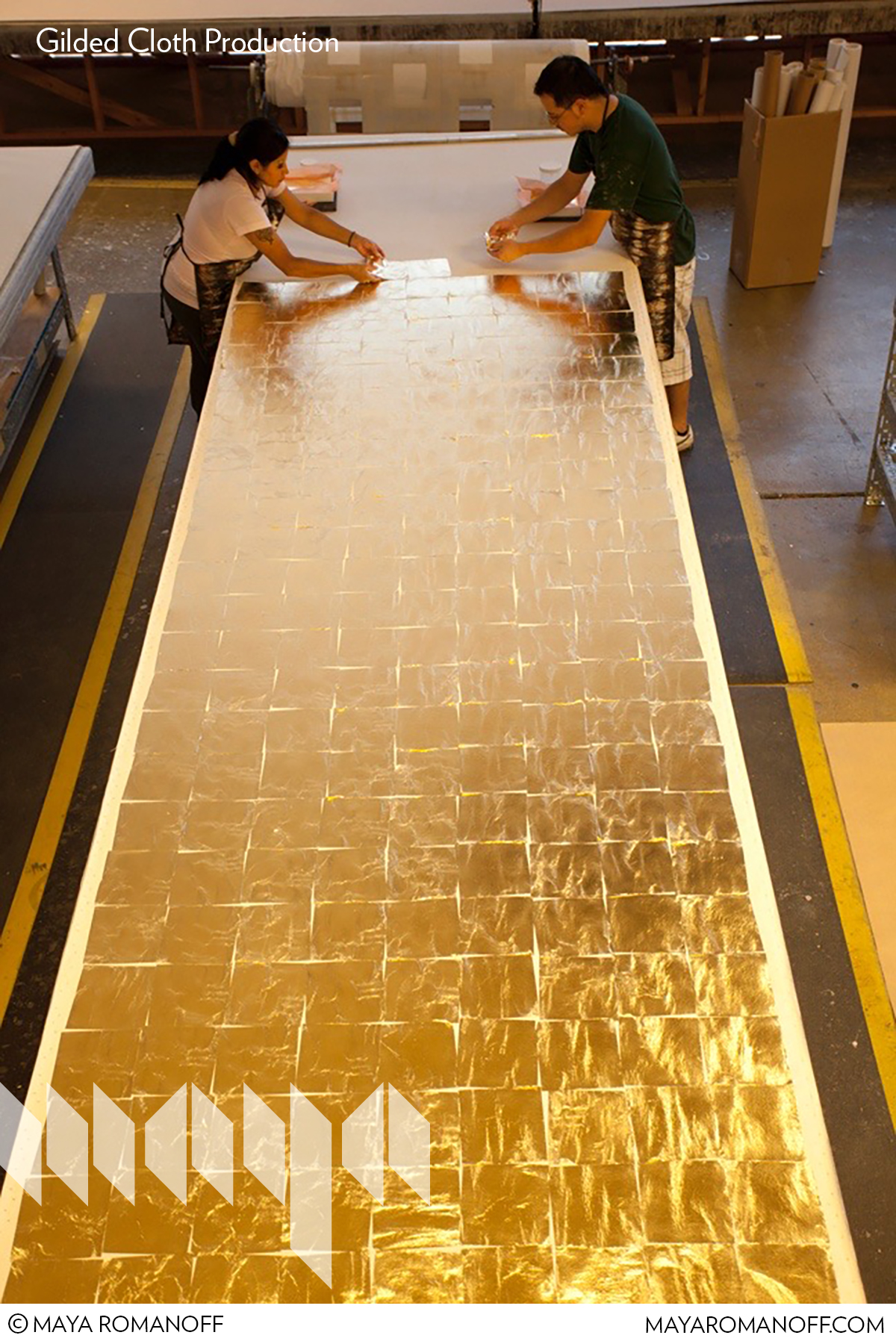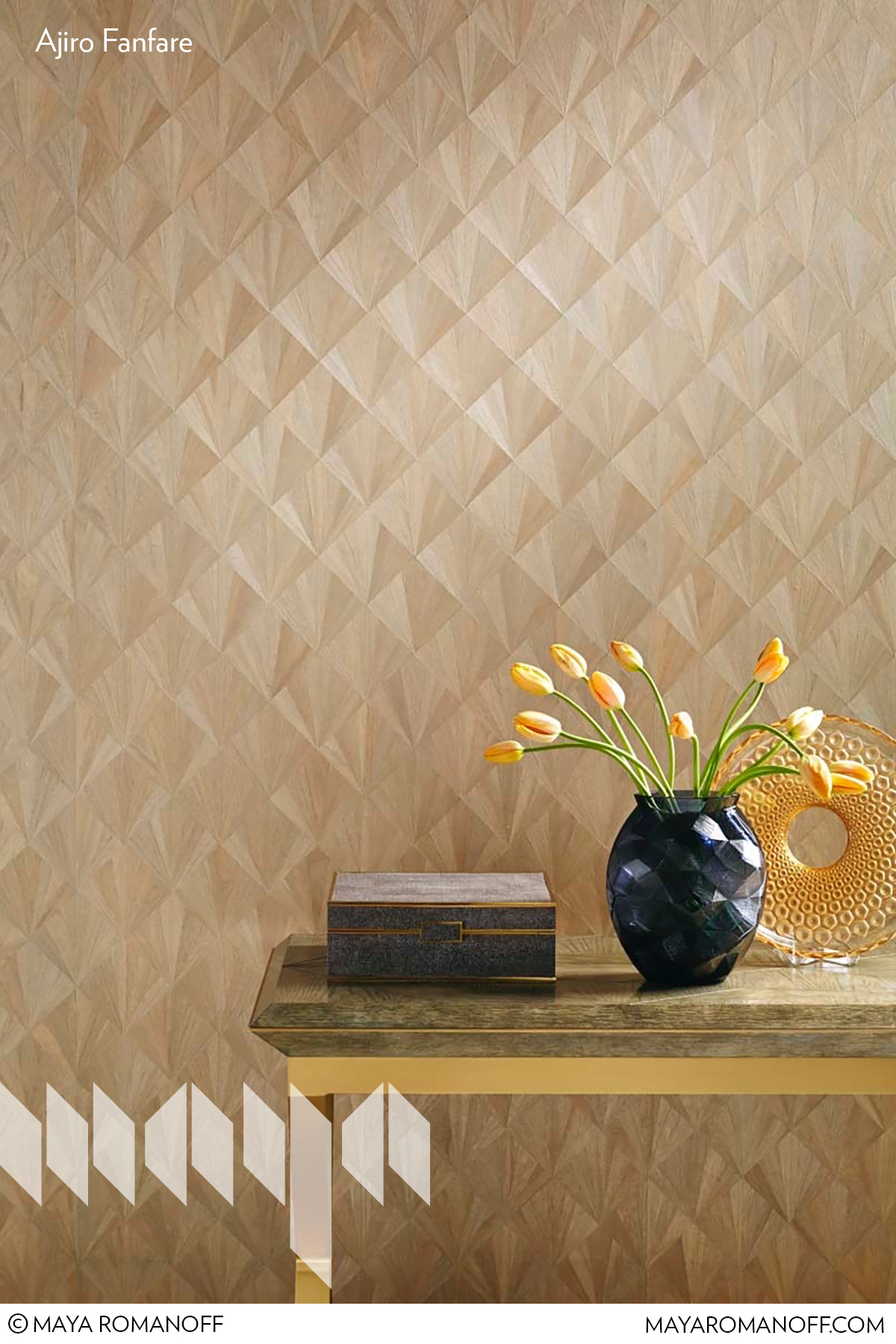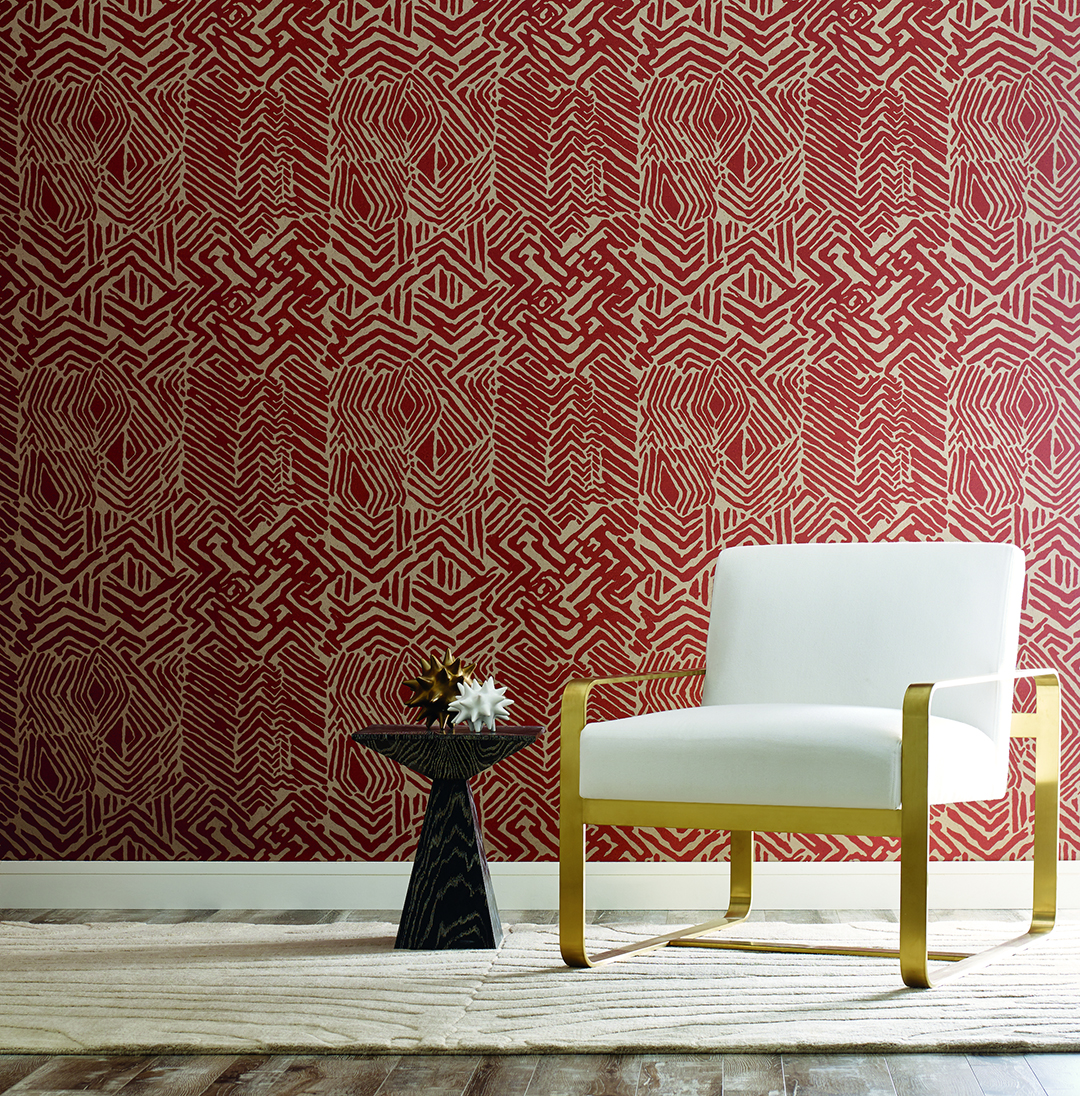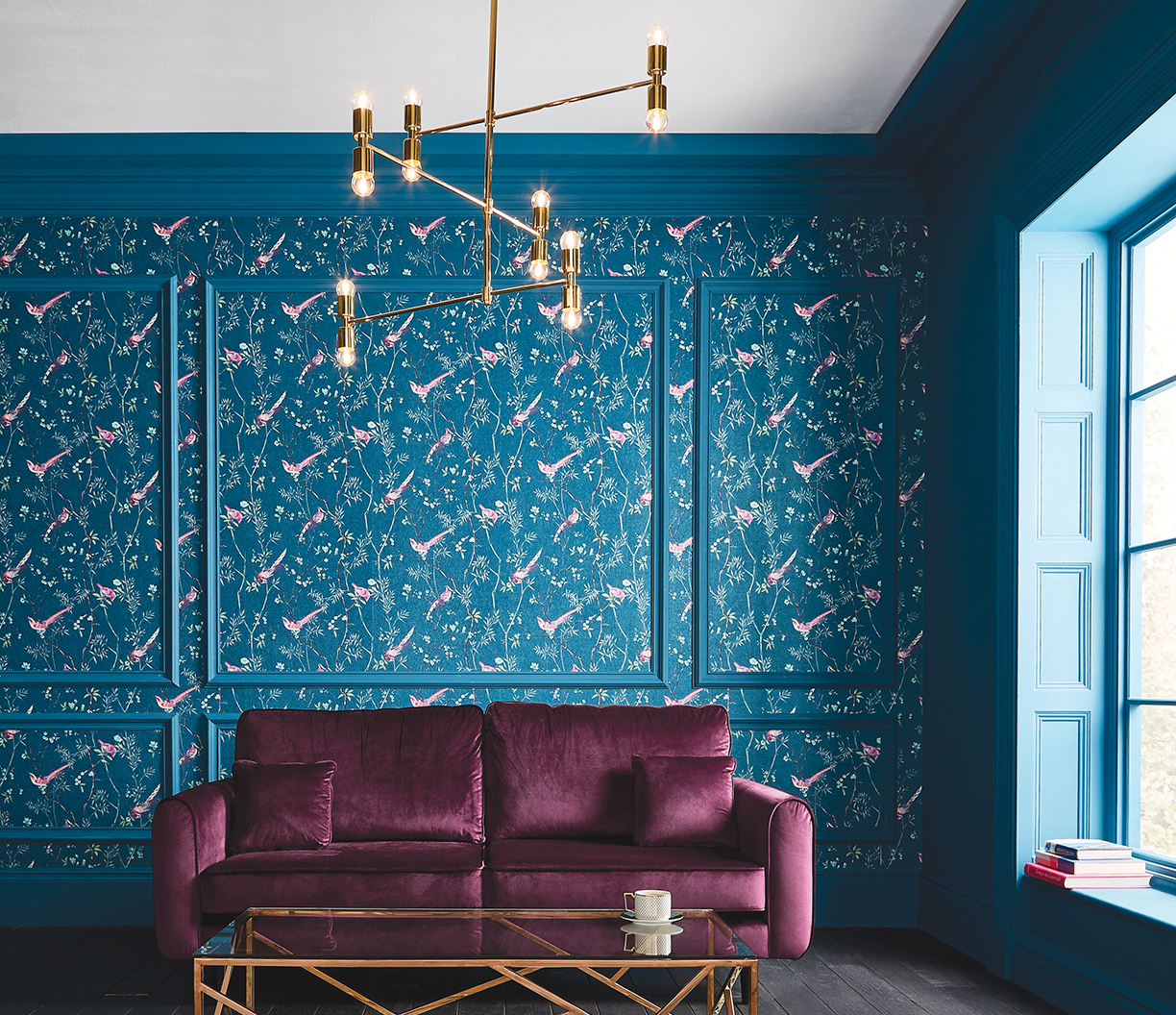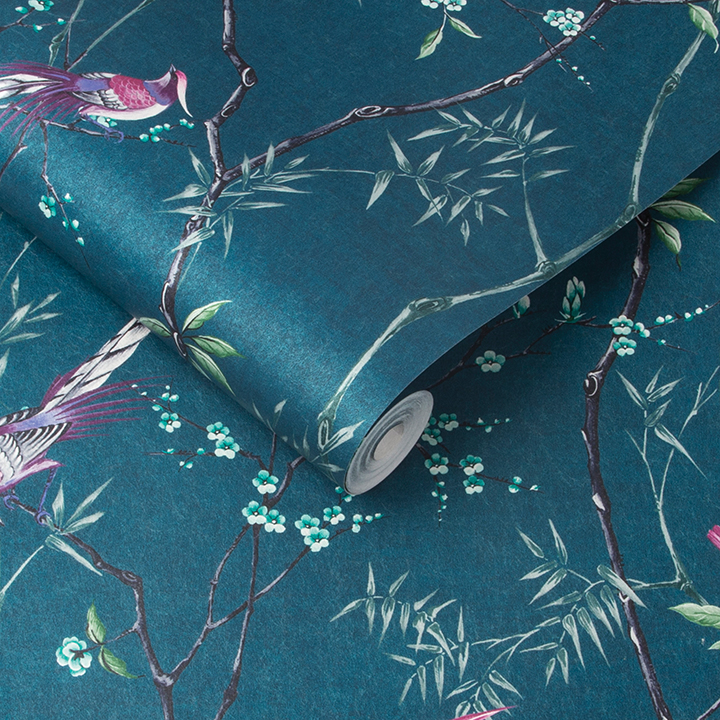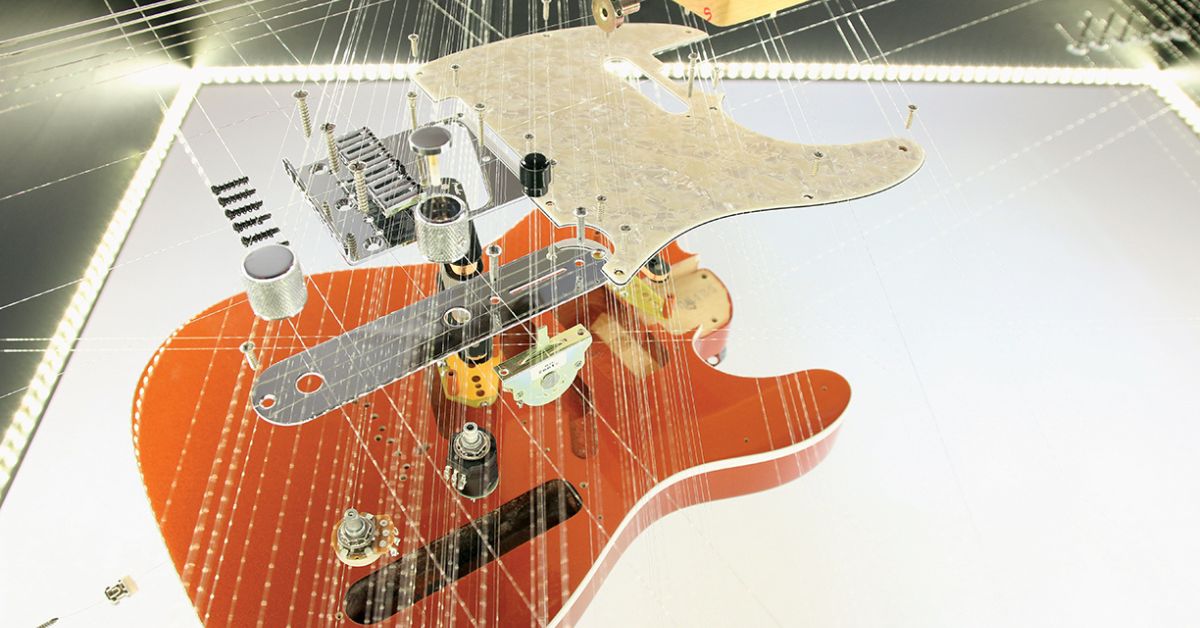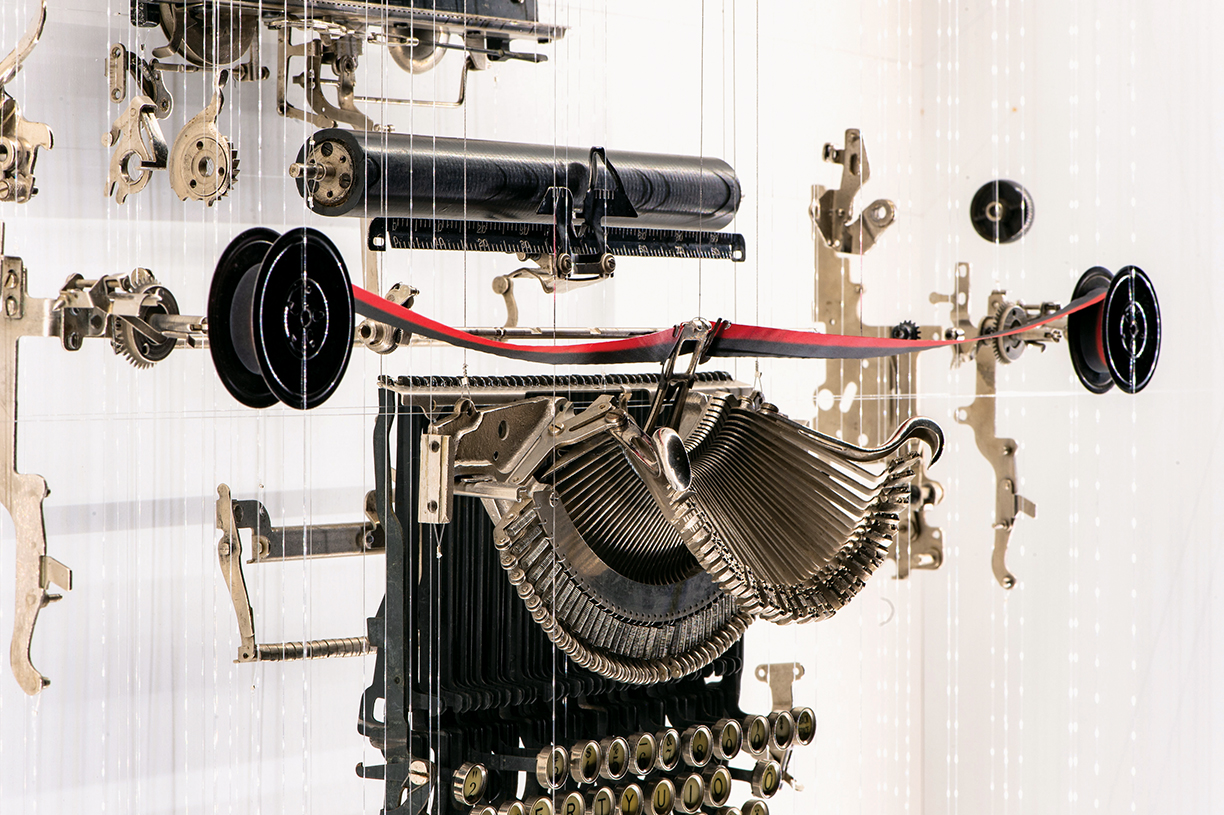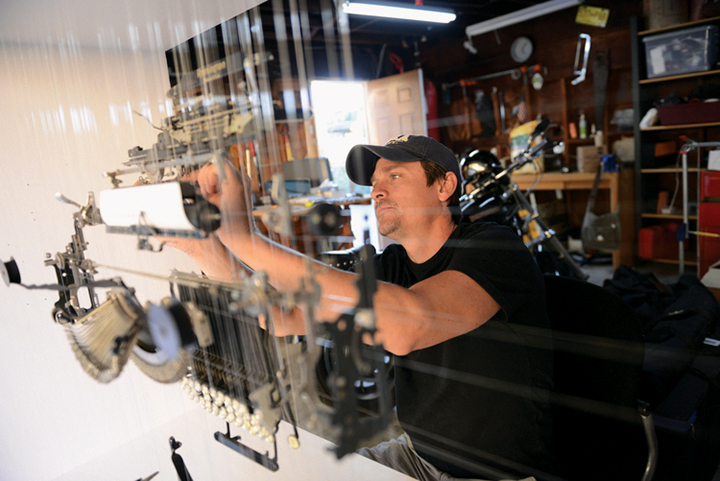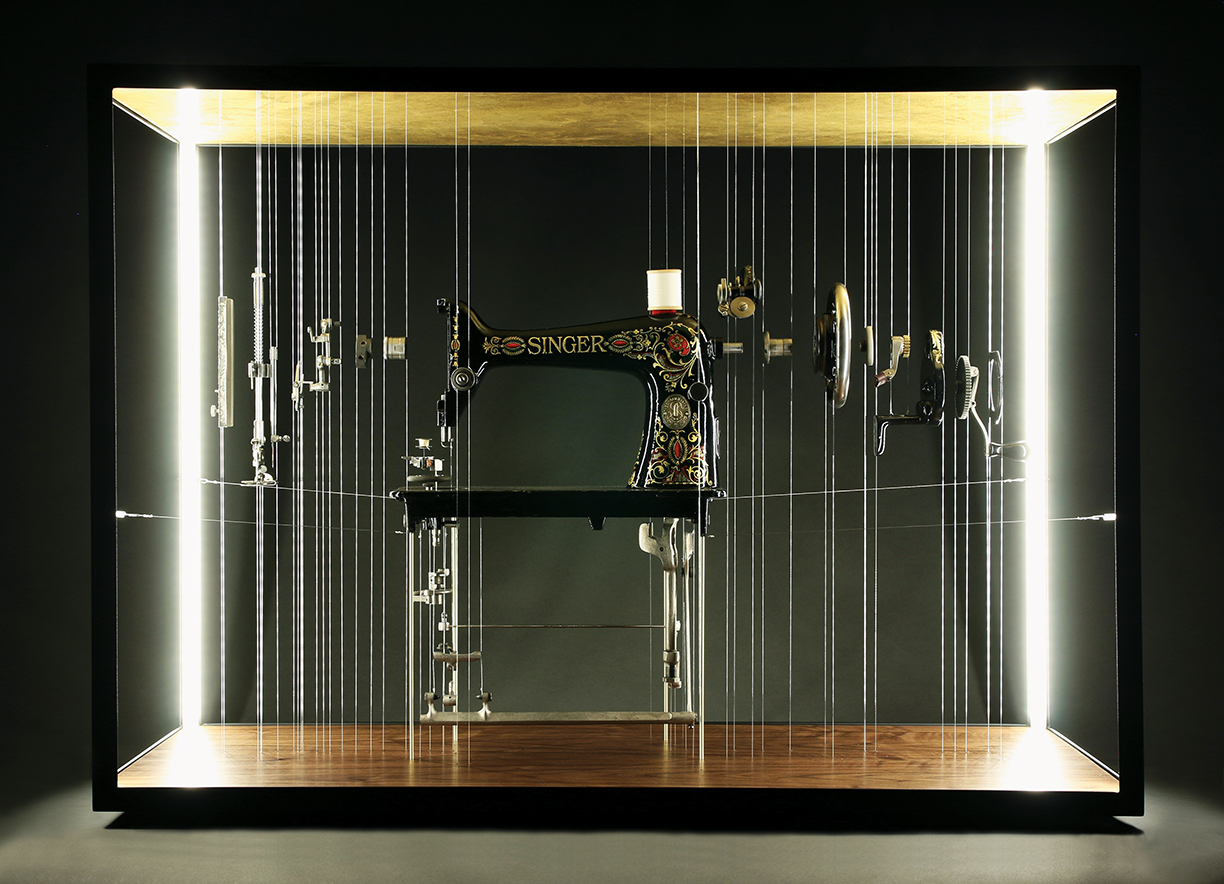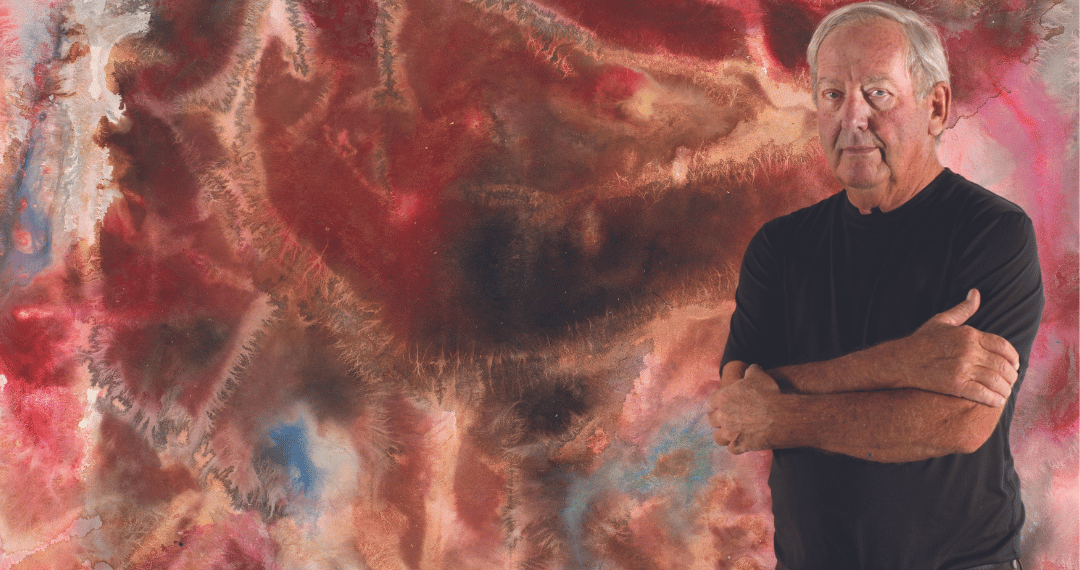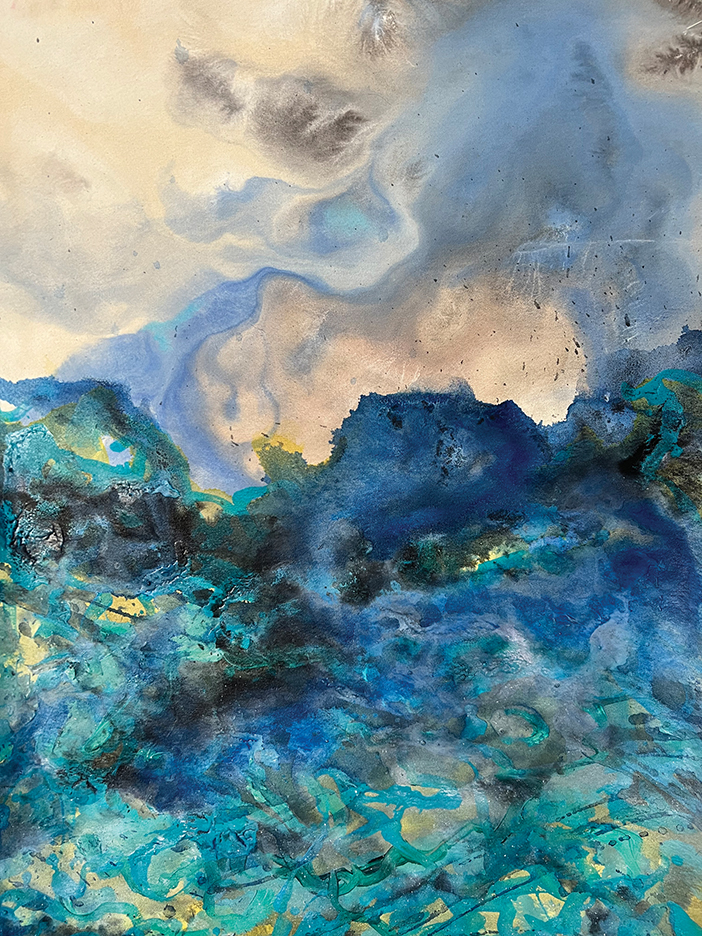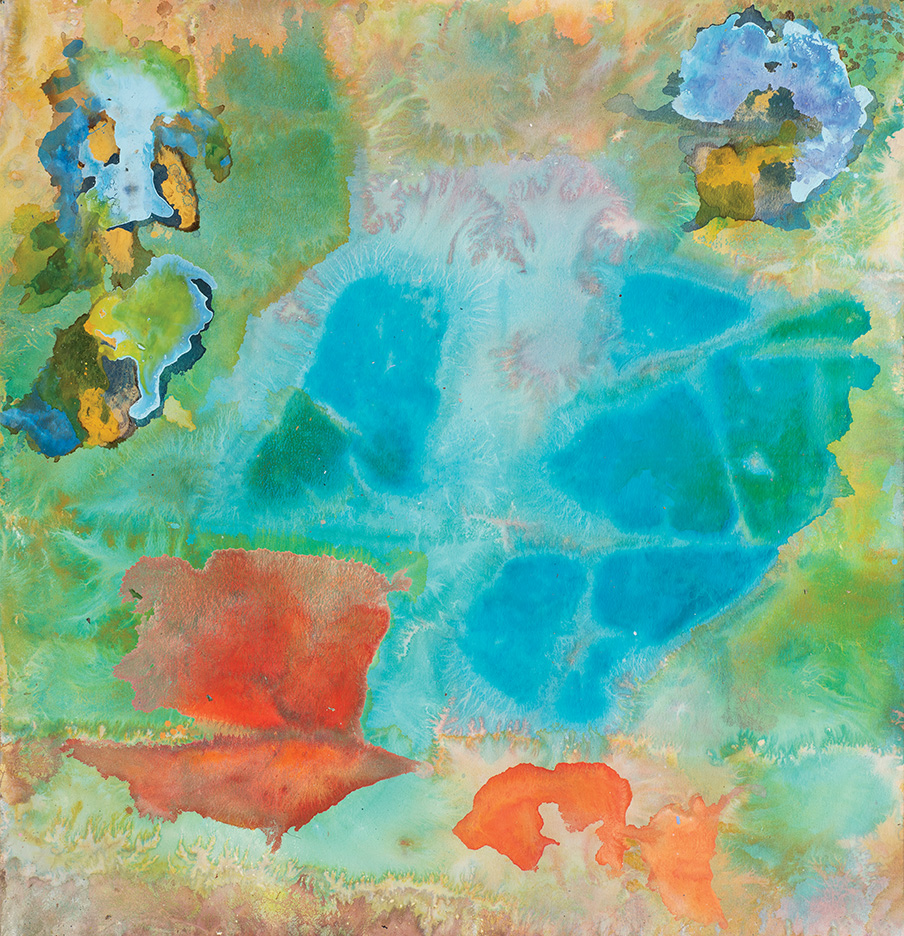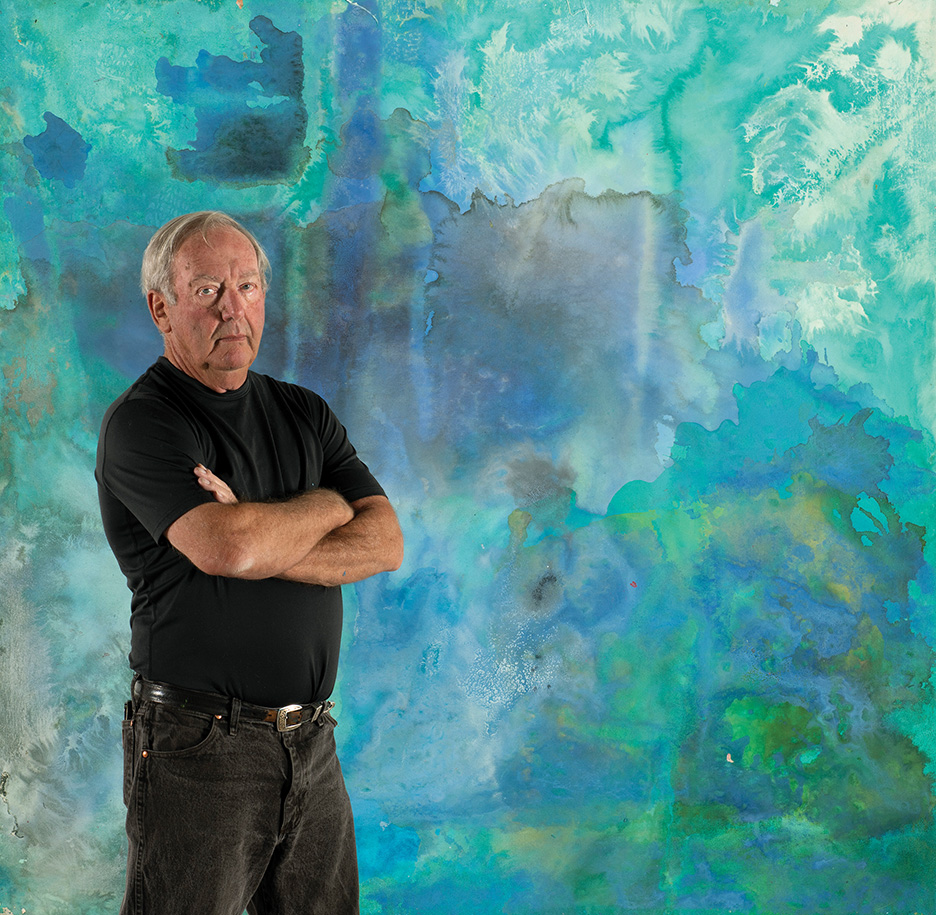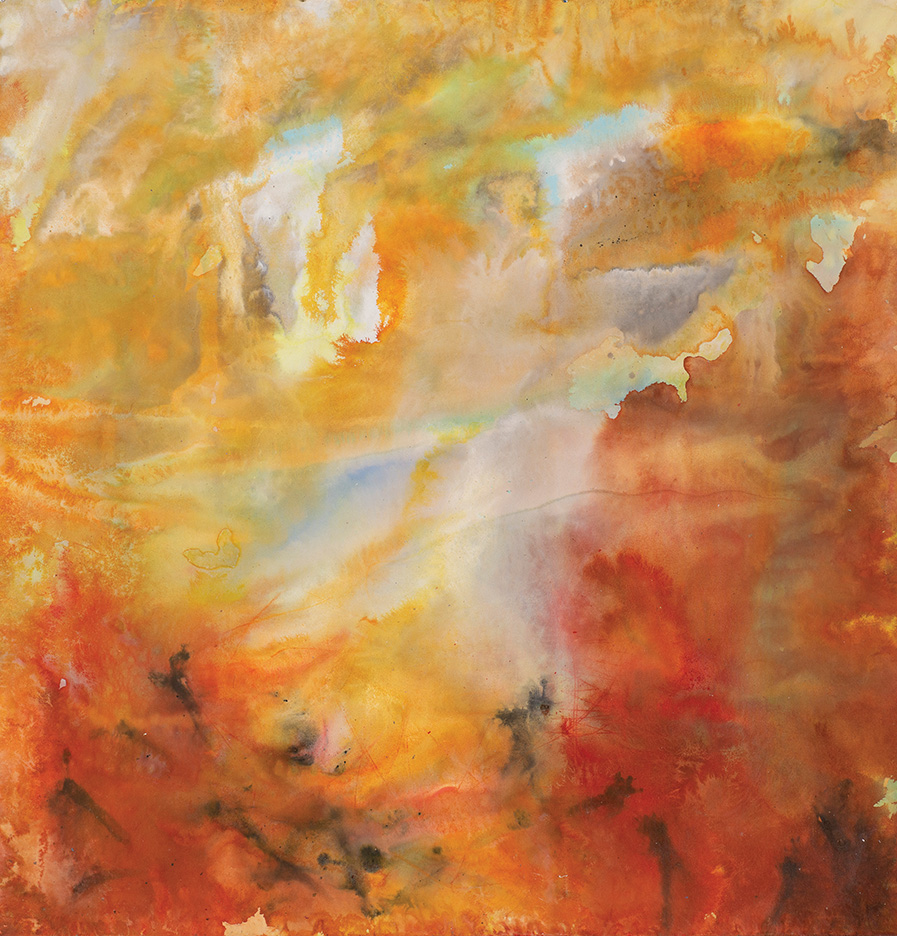Take a tour of the jaw-dropping concept design for soccer legend Christiano Ronaldo’s Miami mansion-to-be.

Cuban architect Jorge Luiz Veliz Quintana of Veliz Arquitecto, spared no detail in his creation of the concept design for Ronalo’s dream mansion. Veliz is known for his contemporary and avant-garde work and is recognized worldwide as a talented artist. Notably, he secured accolades at the prestigious Golden Trezzini Awards for Architecture and Design.
Veliz has brought his many talents to hotel and commercial products, creating spaces that satisfy the needs of his clients and inspire. And recently, as the principal architect for Christiano Ronald’s mansion, he displays his innovation and vision for creating solutions for architectuel and design demands of the future.
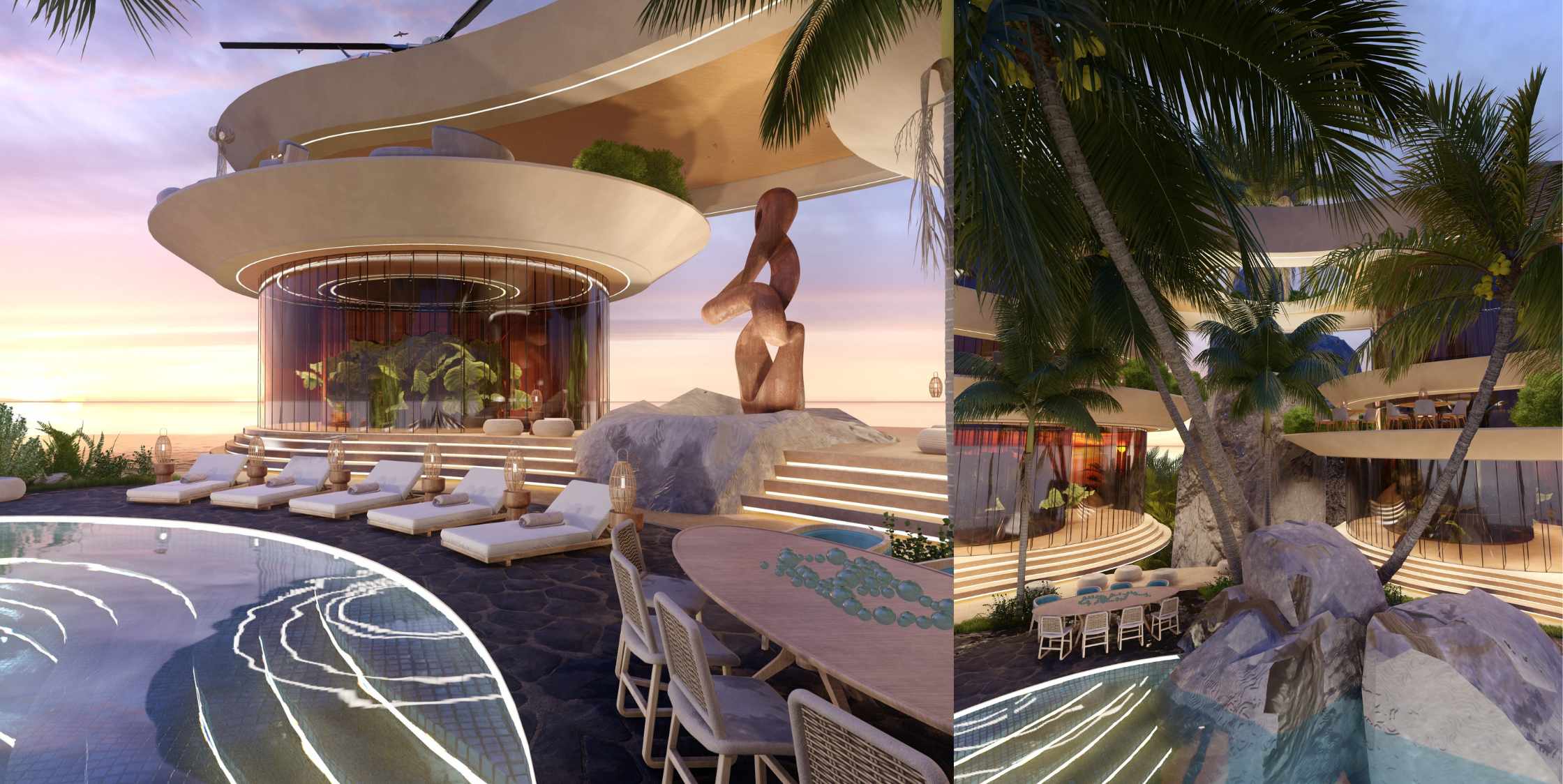
A haven of elegance, opulence and beauty, the design for Ronaldo’s Miami home is a creative an architectural feat. Positioned atop an artificial rock in the ocean, this property is all about location. The house is shaped like the letter “C” as a tribute to the iconic footballer’s name; however, the shape also maximizes views of the natural surrounding beauty.
A helipad on the top floor allows visitors to arrive in style and comfort, while guaranteeing the utmost privacy of the inevitable A-list guests. A waterfall that flows from the second floor in the pool creates a serene oasis, while the stunning round pool is the crown jewel of the home and serves as the perfect place to relax and enjoy the view. Equipped with a special mechanism, the pool can close instantly and transform the space into an area for events and parties.

With three levels, the mansion includes five bedrooms, each with their own private bathroom. Moreover, a fully equipped gym will satisfy the soccer stars training regimen. Finally, the state-of-the-art home theater is the perfect luxury environment for movie lovers. We can’t wait to see this truly unique home come to life.



